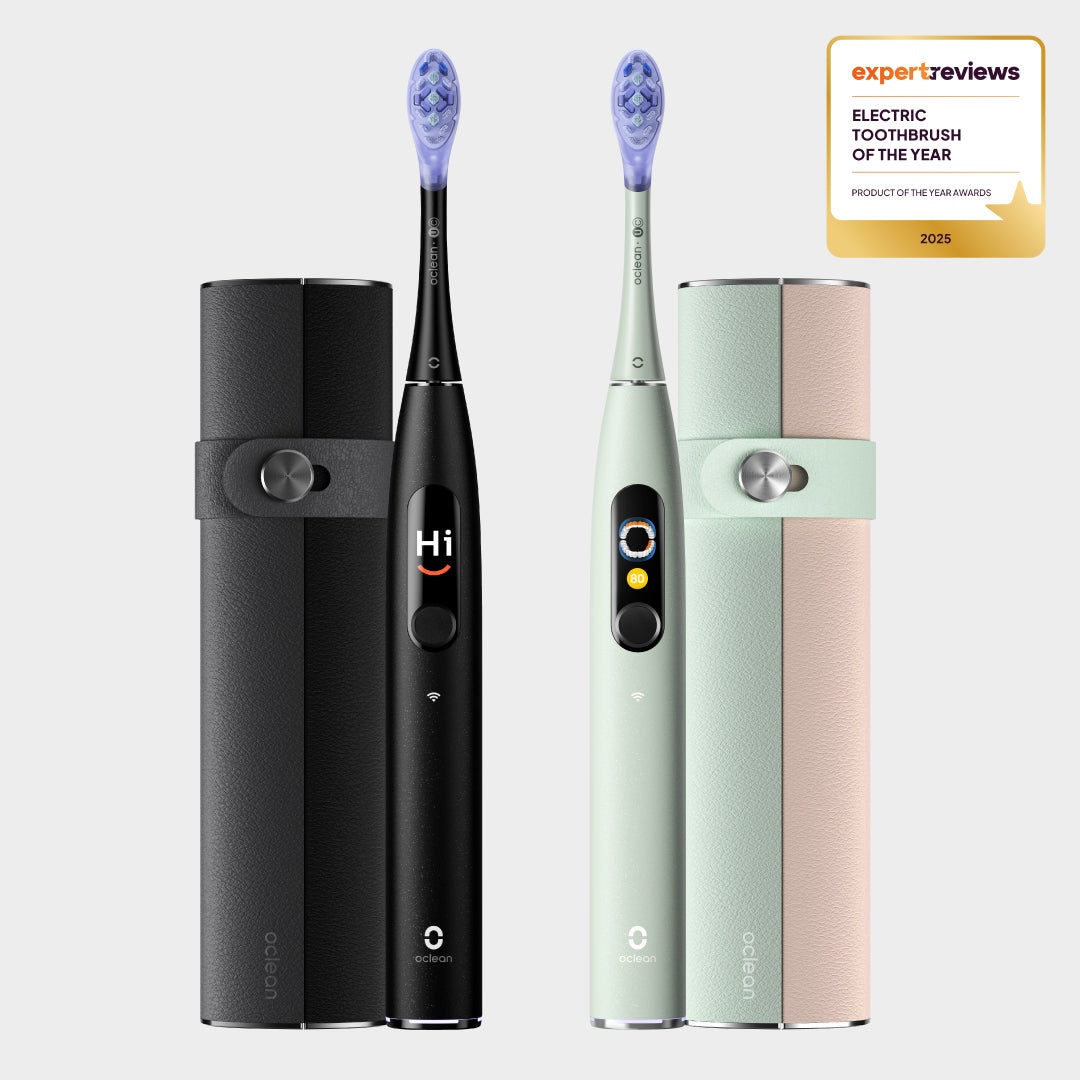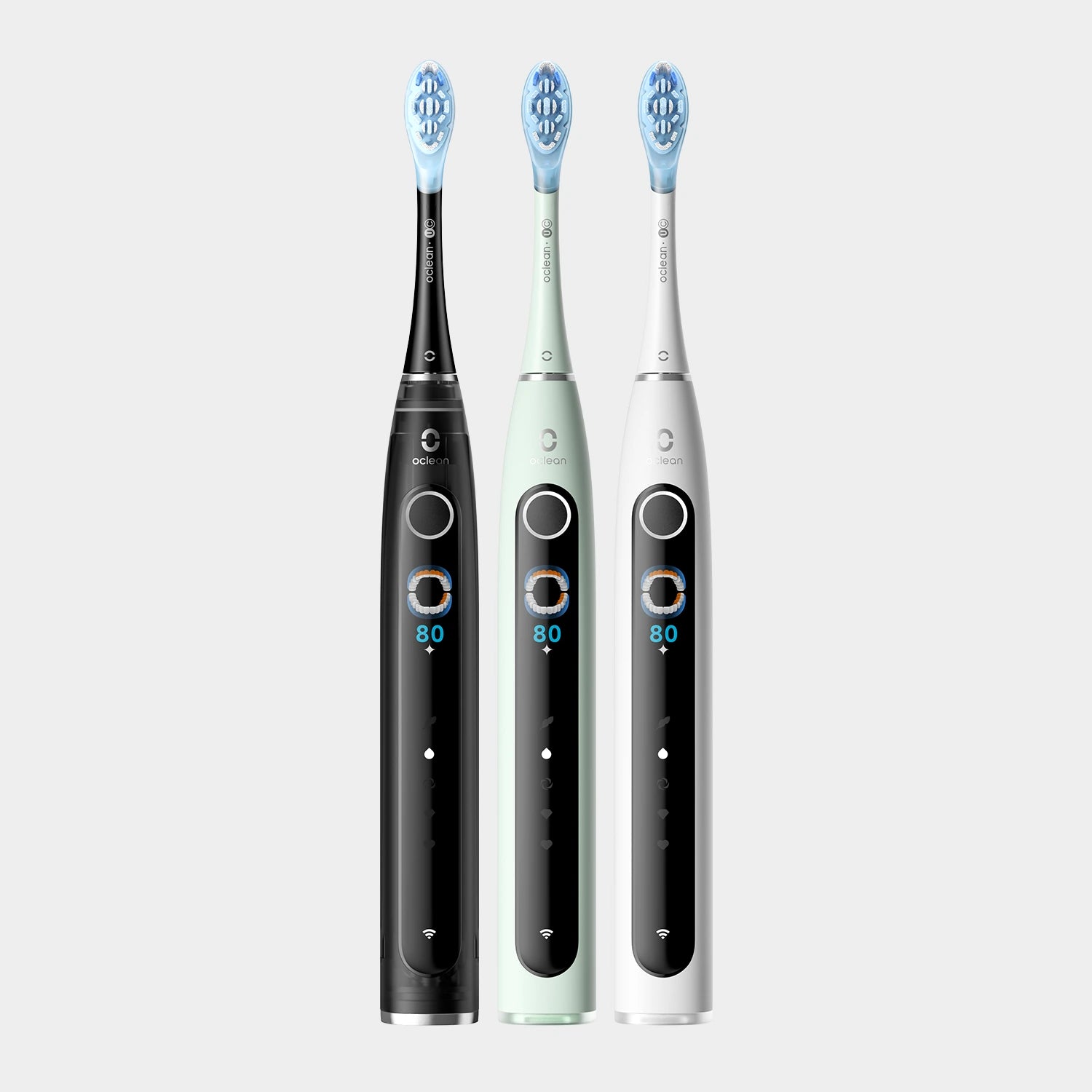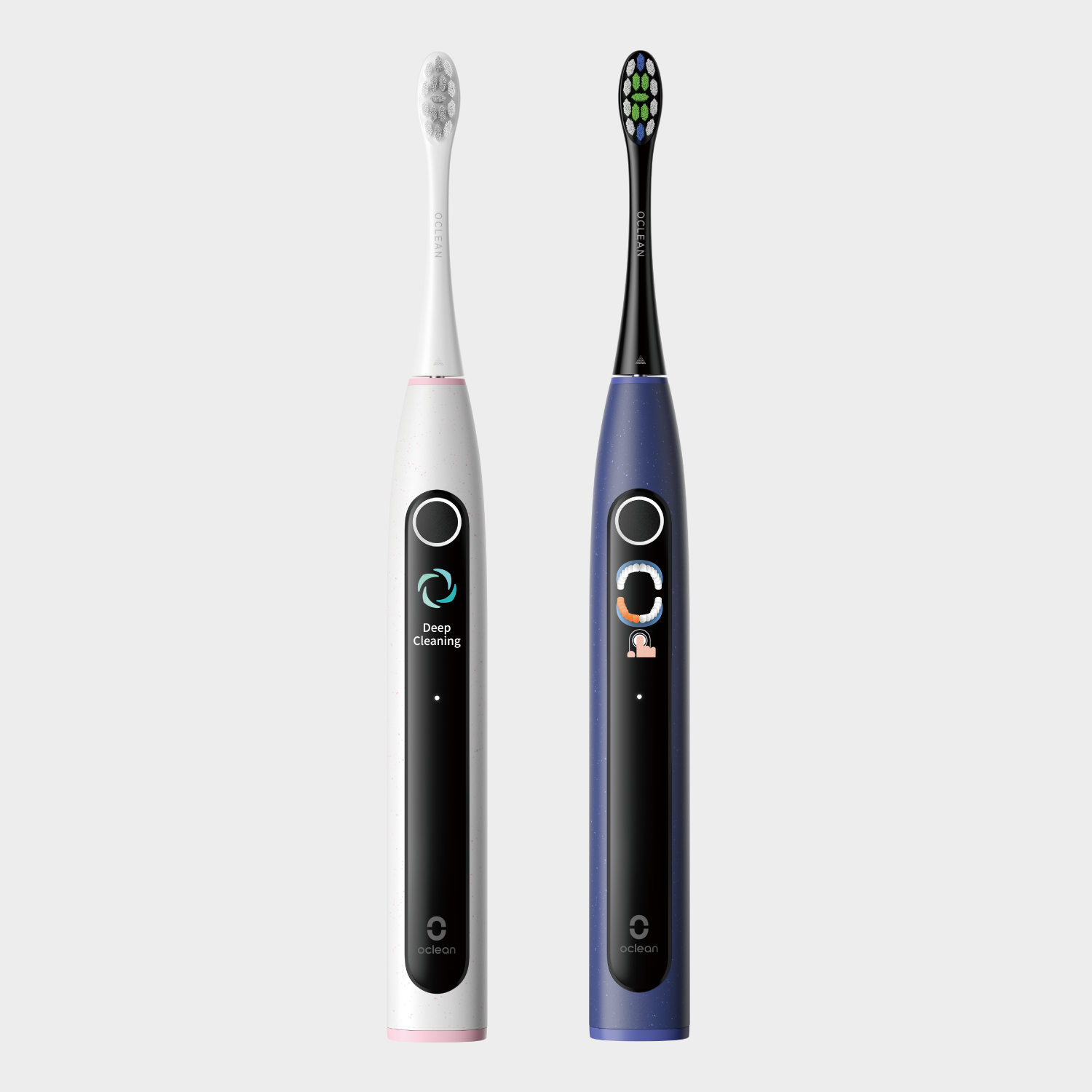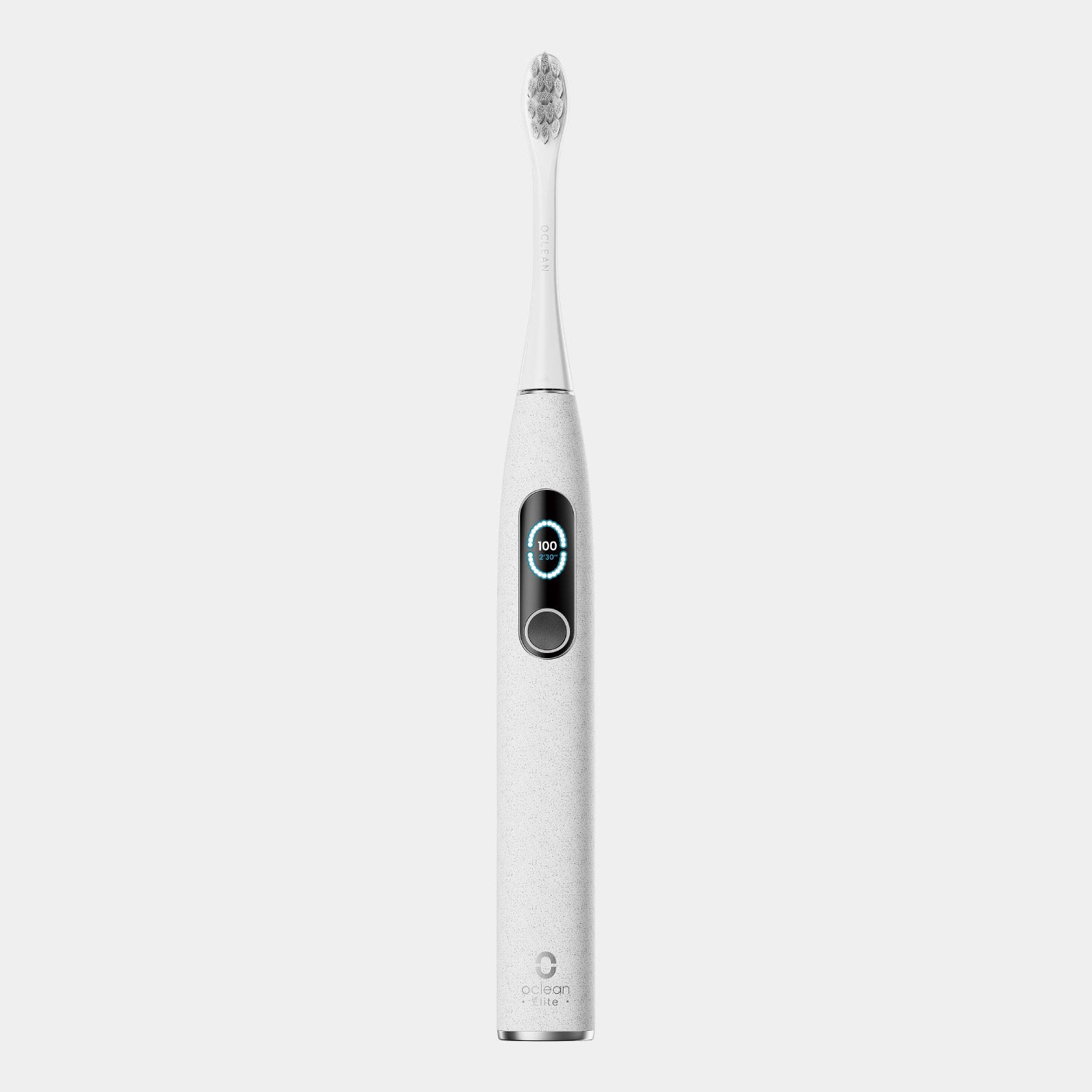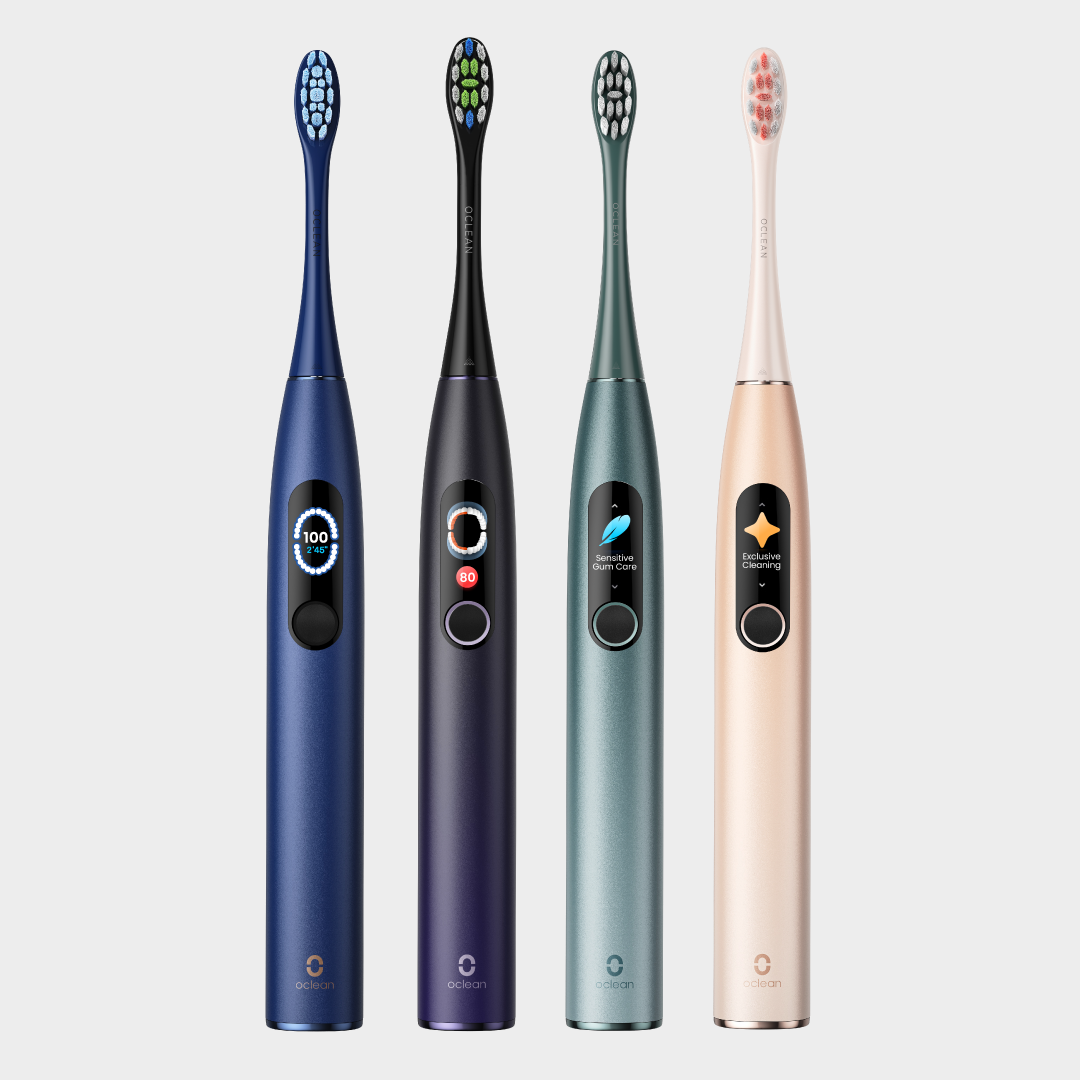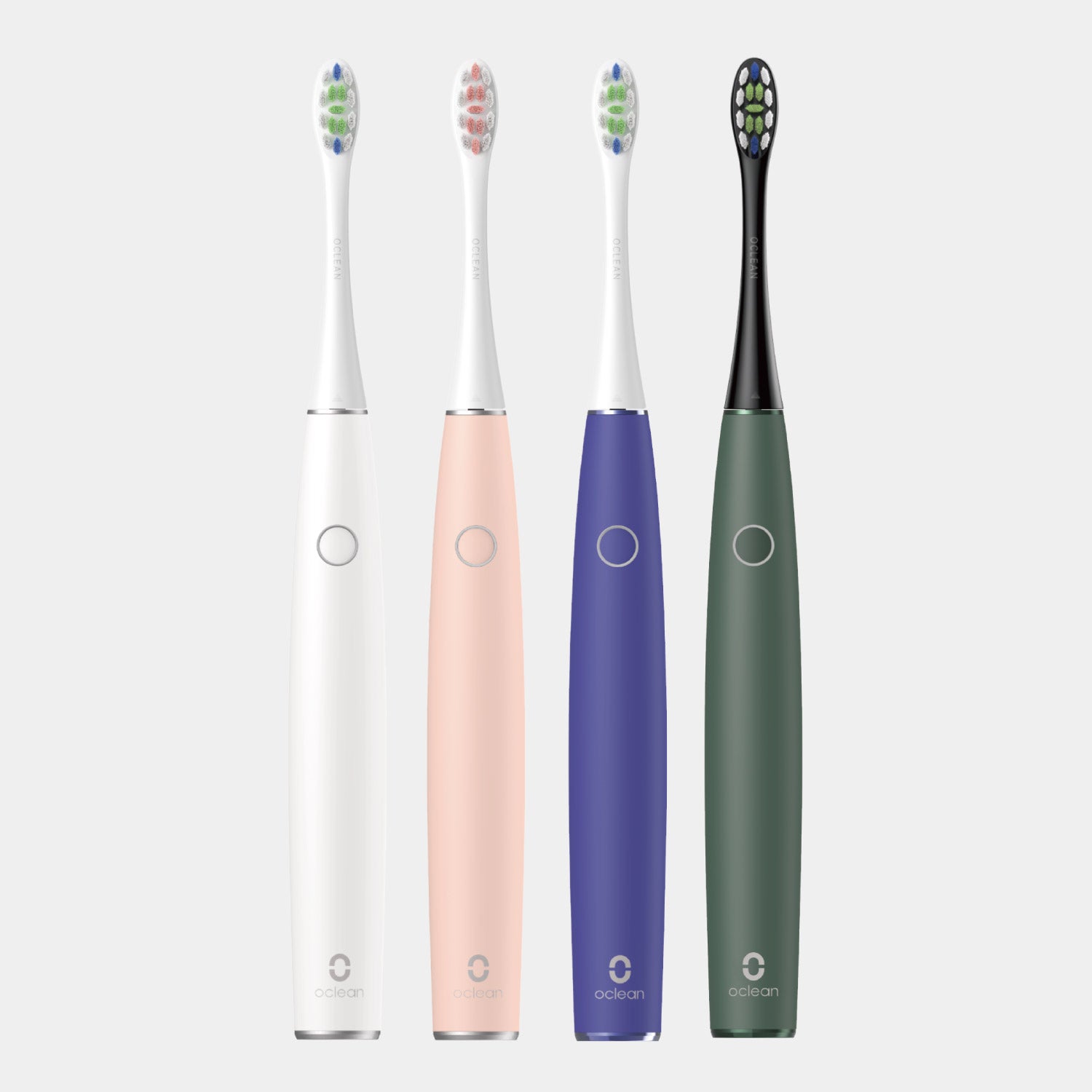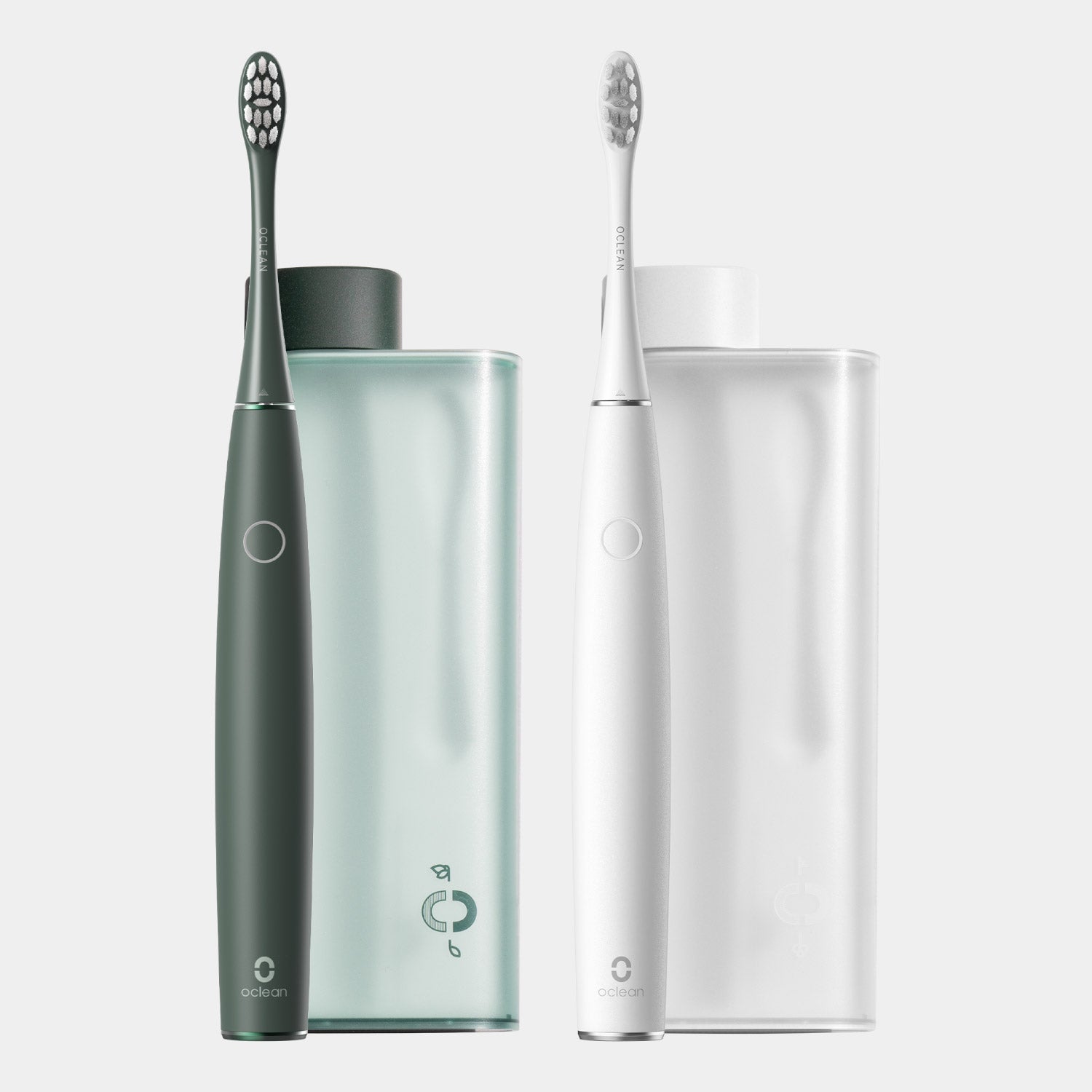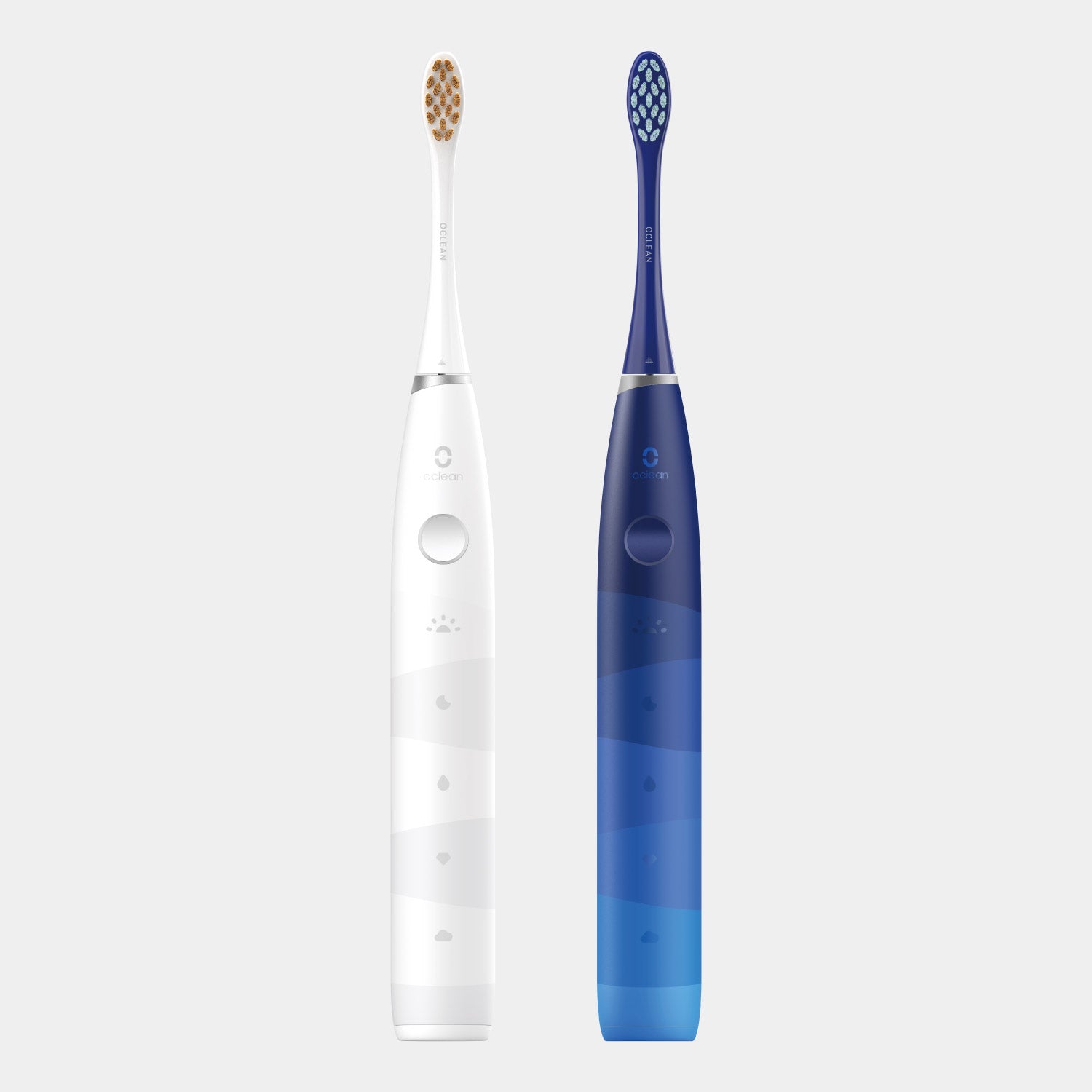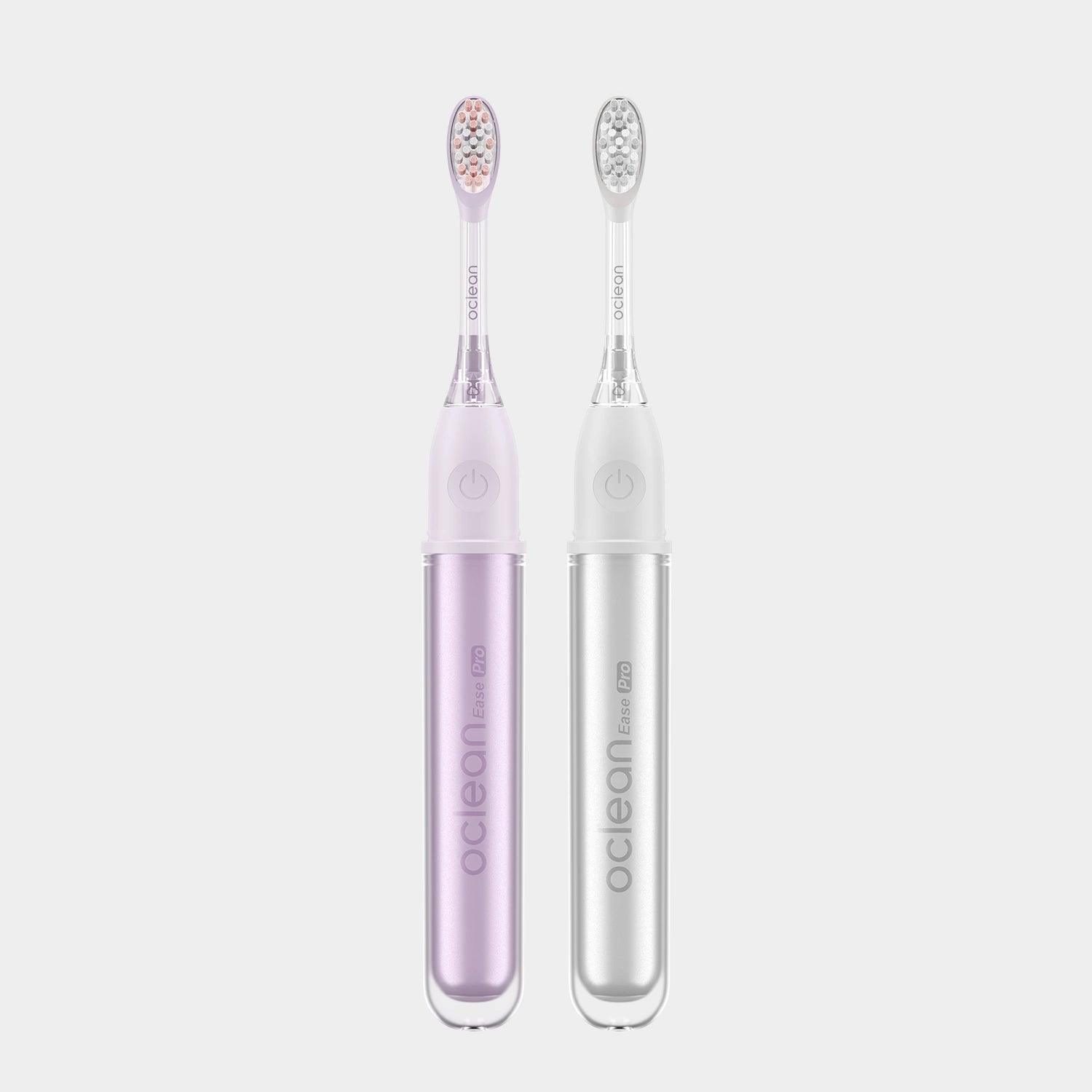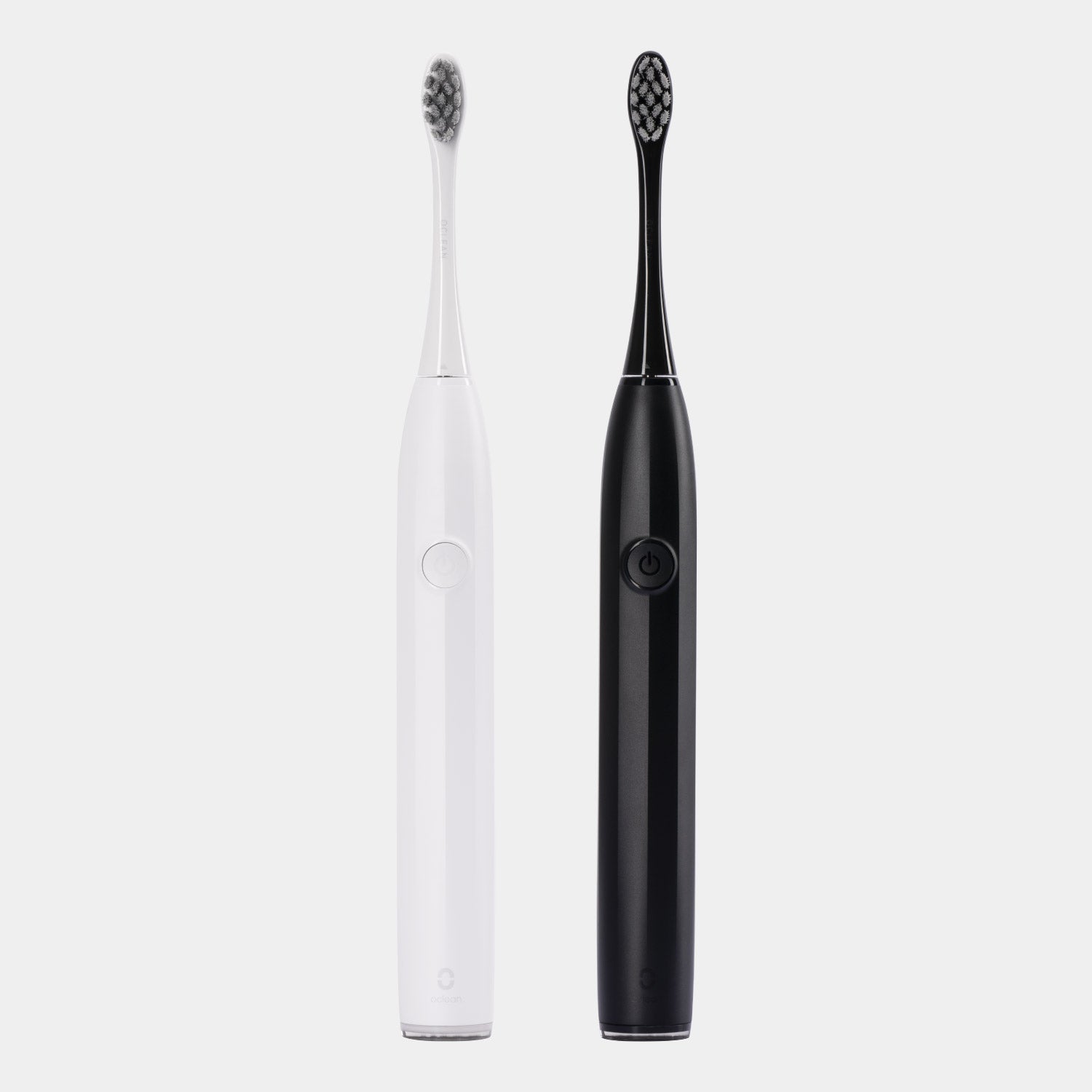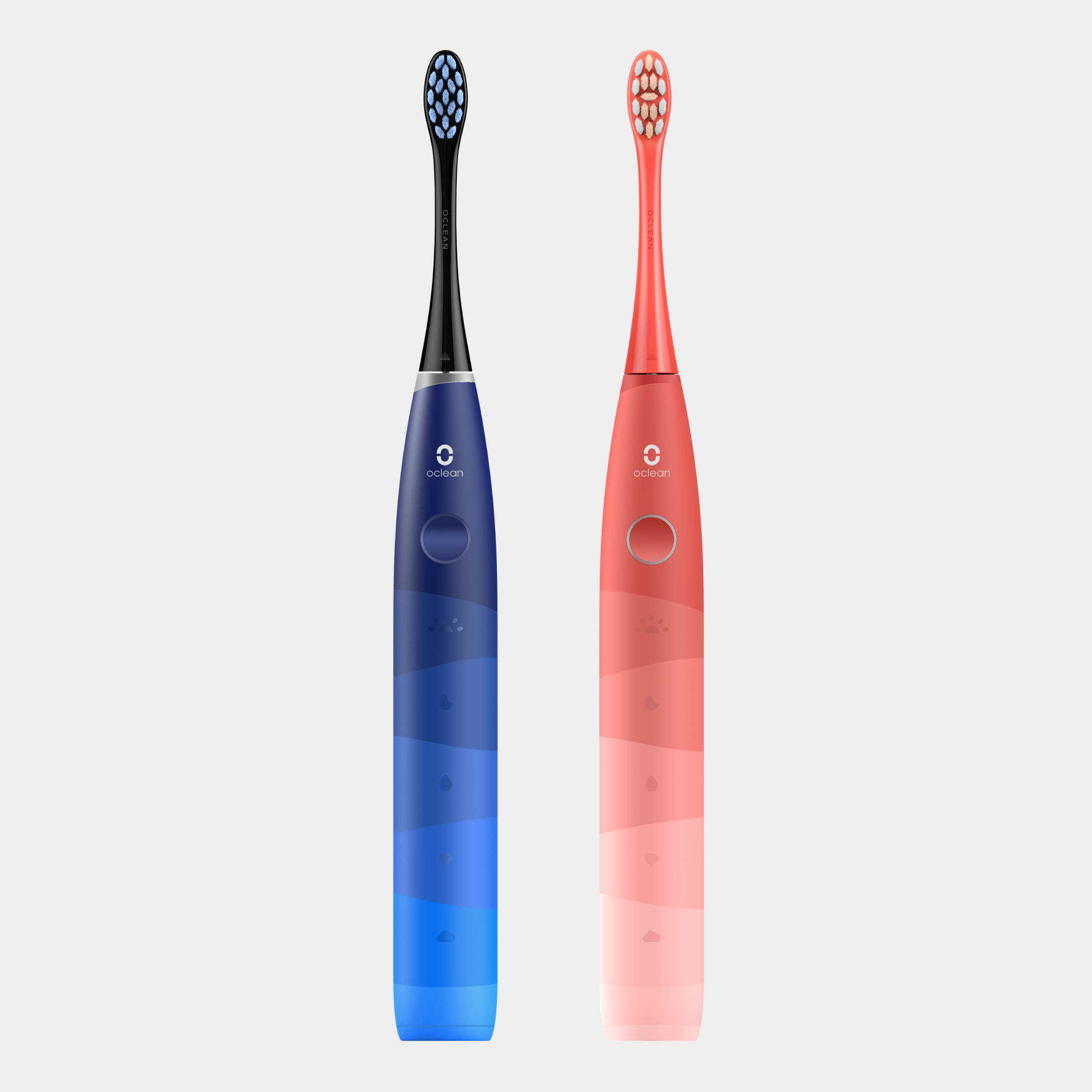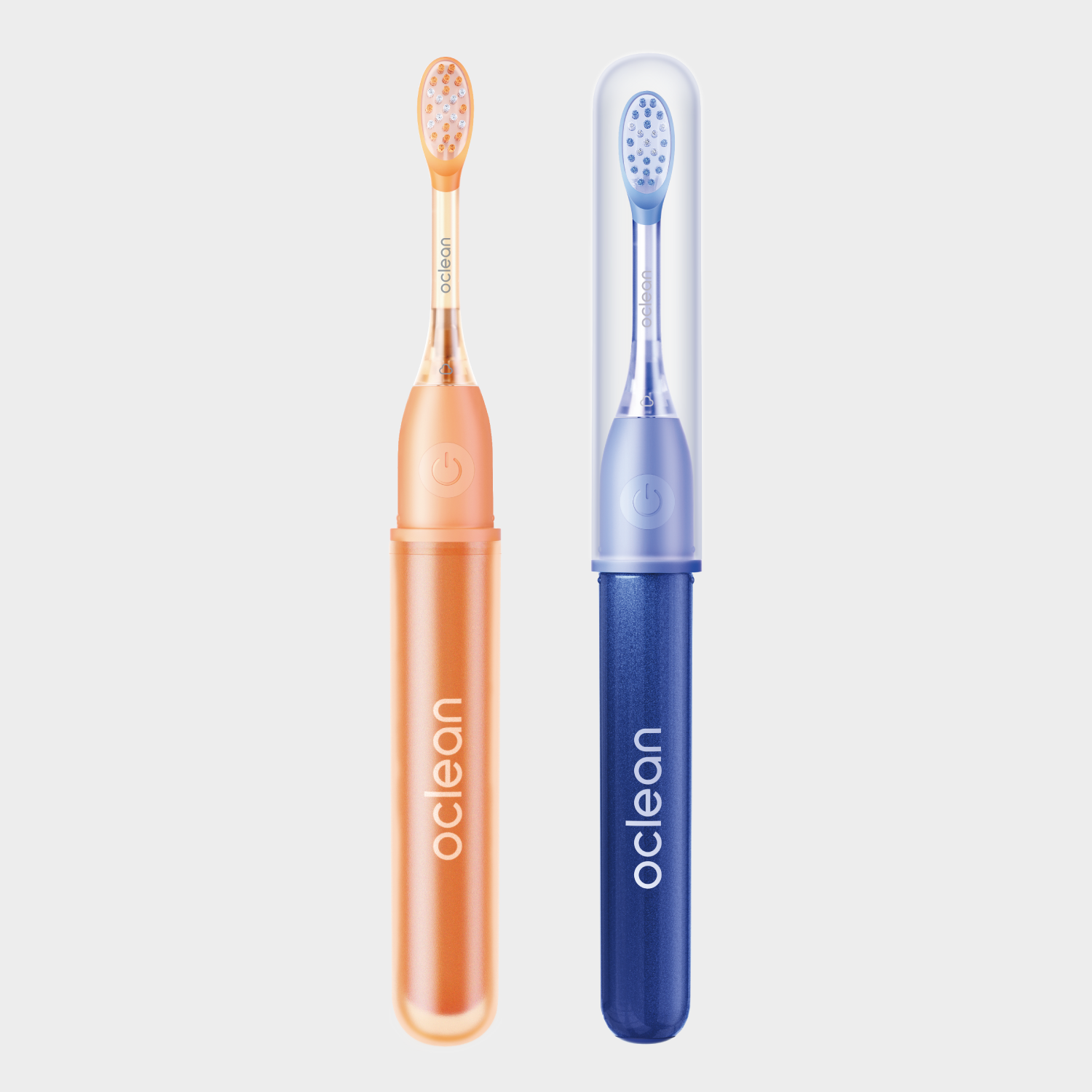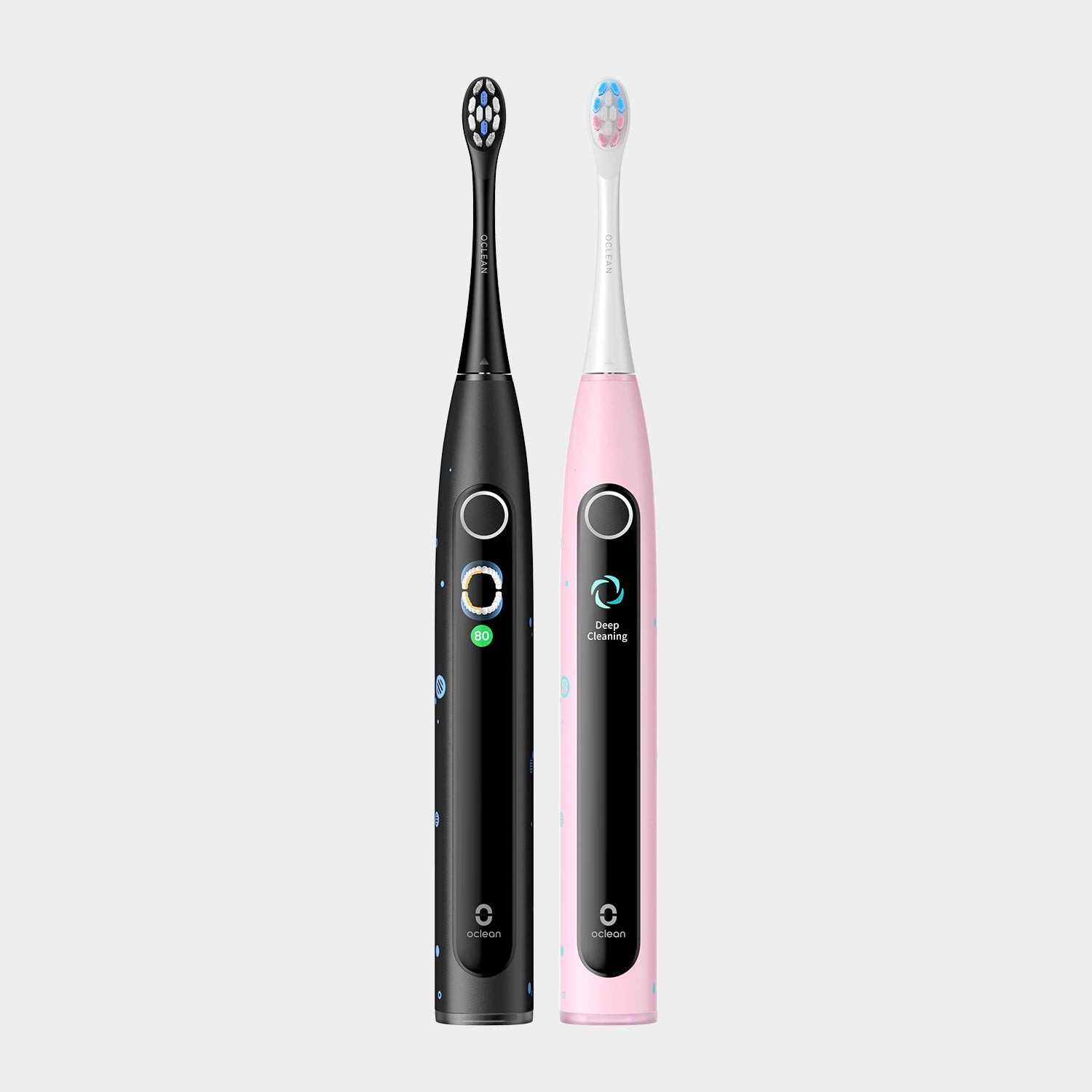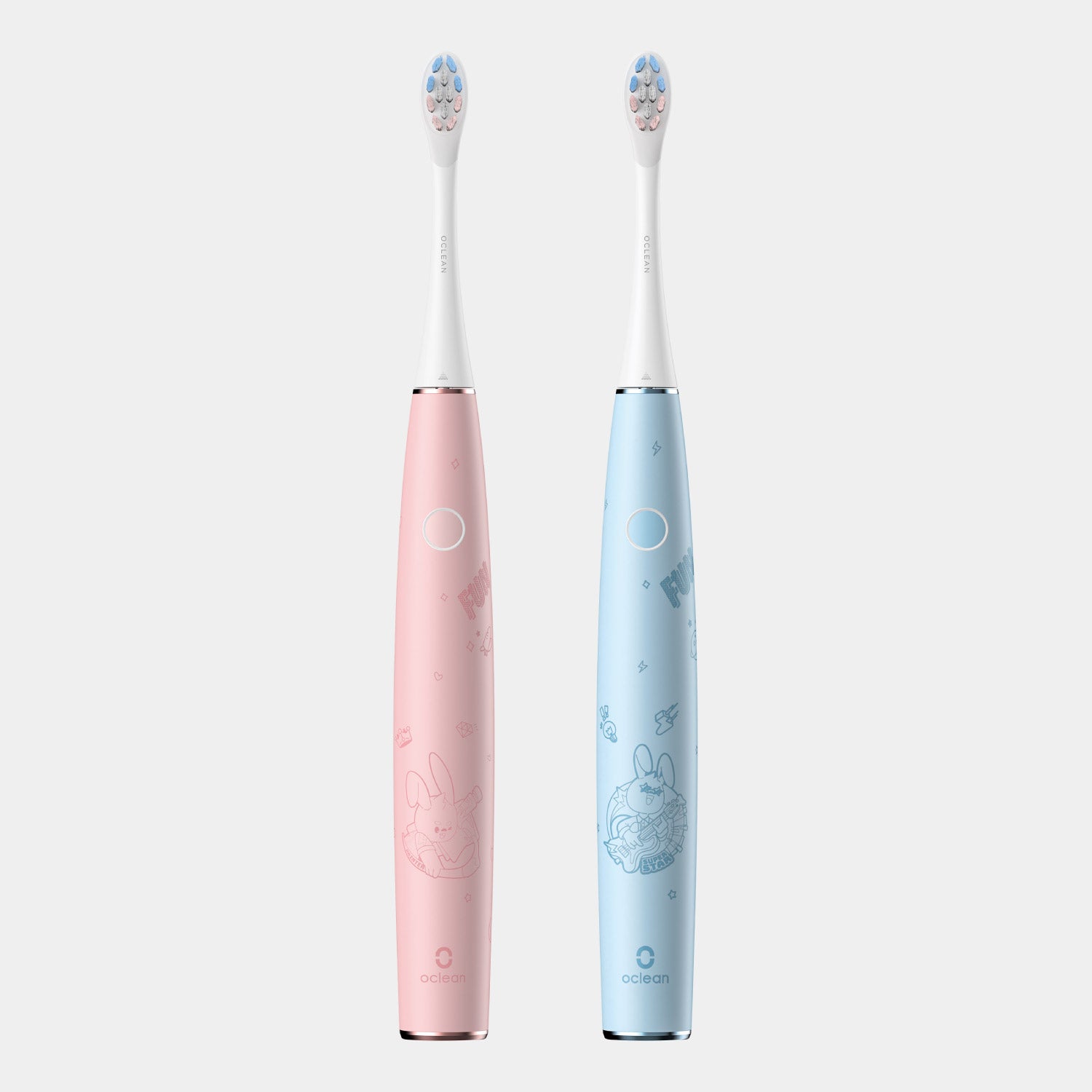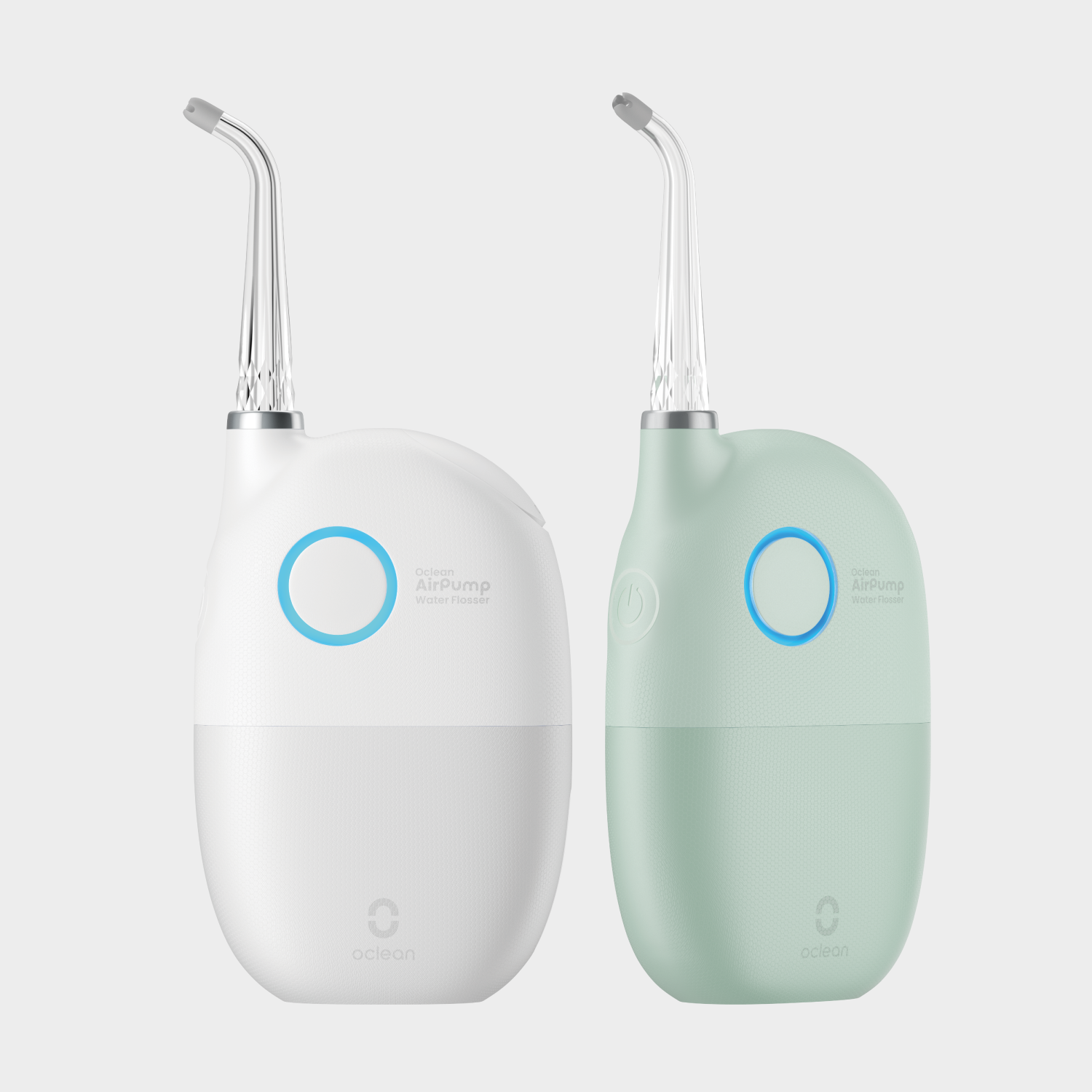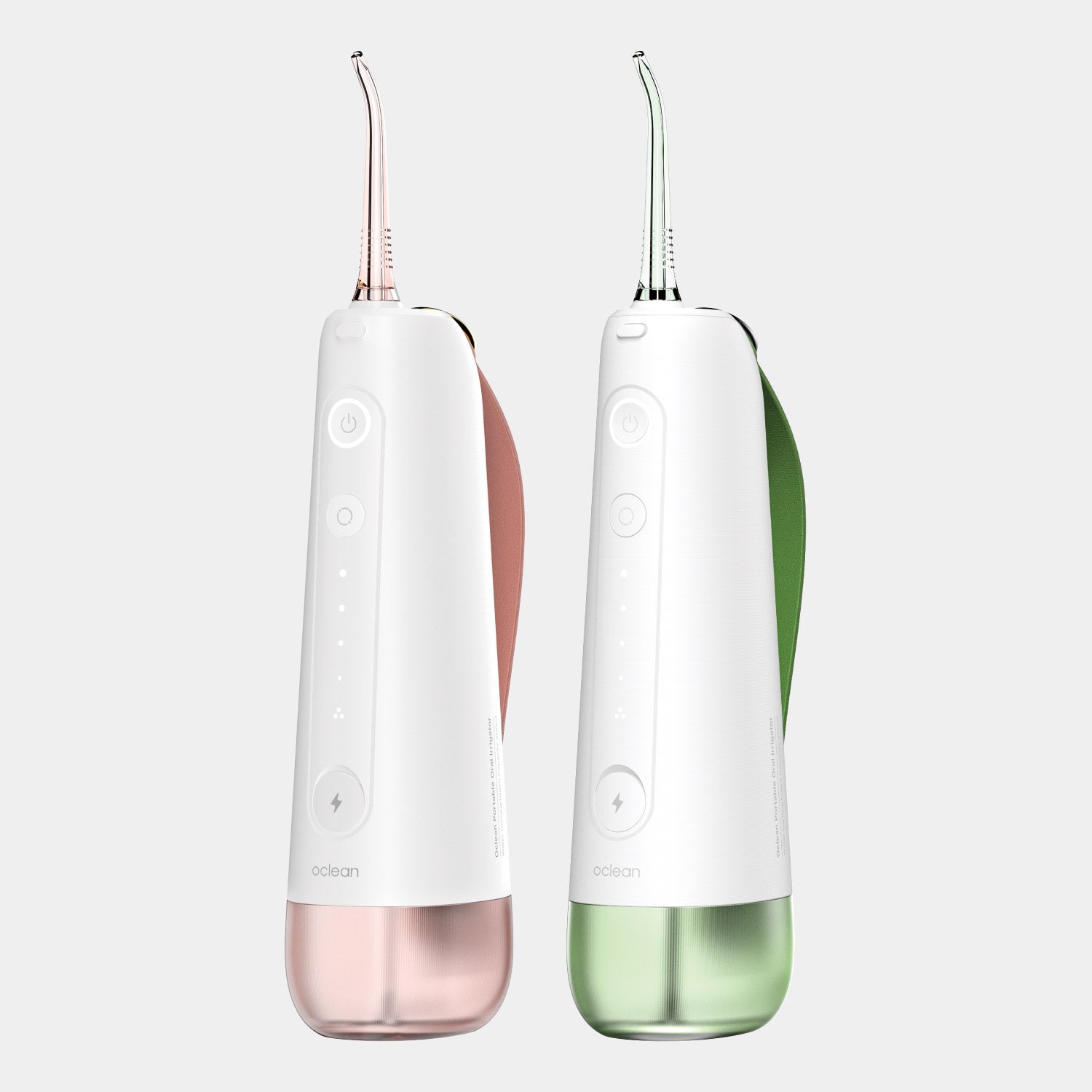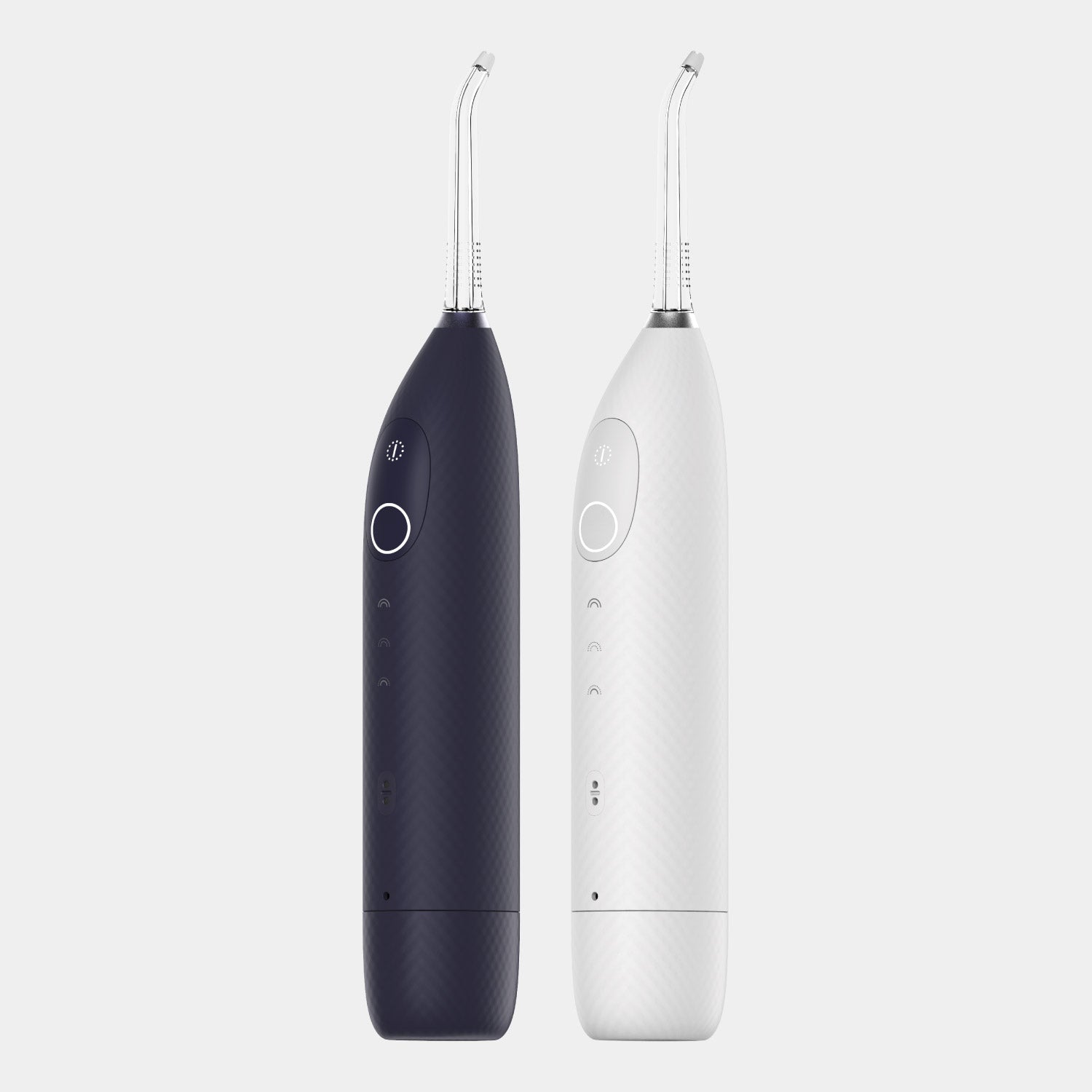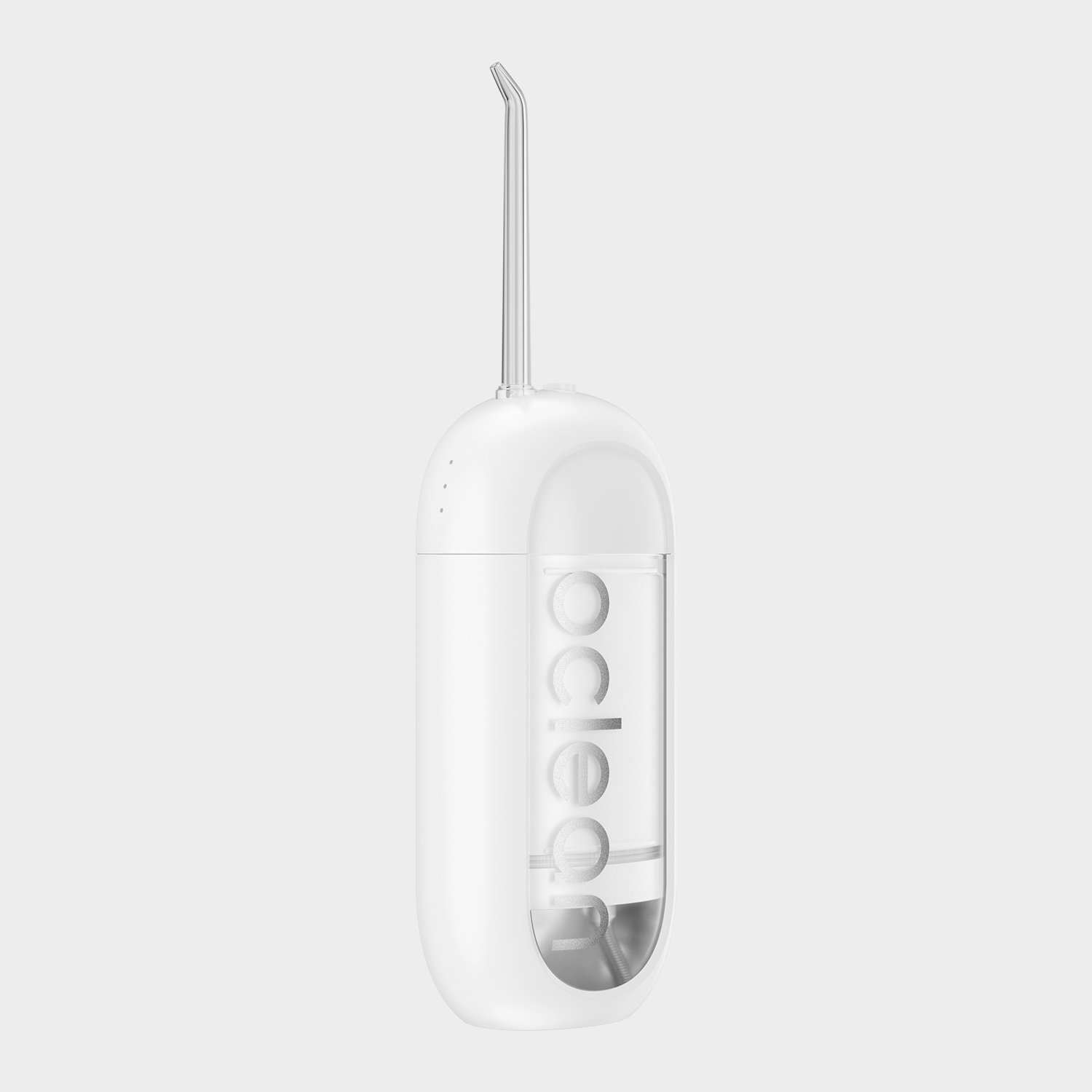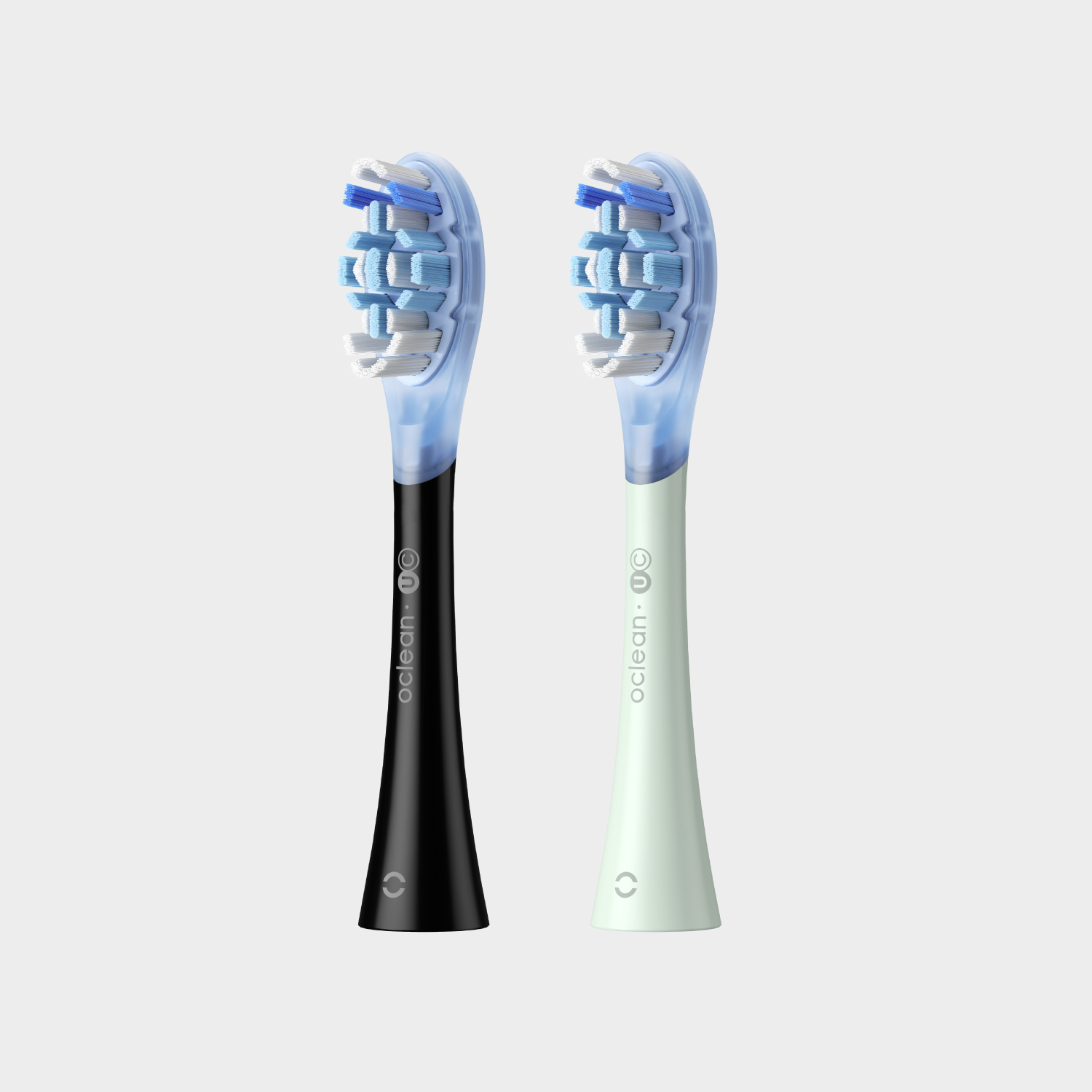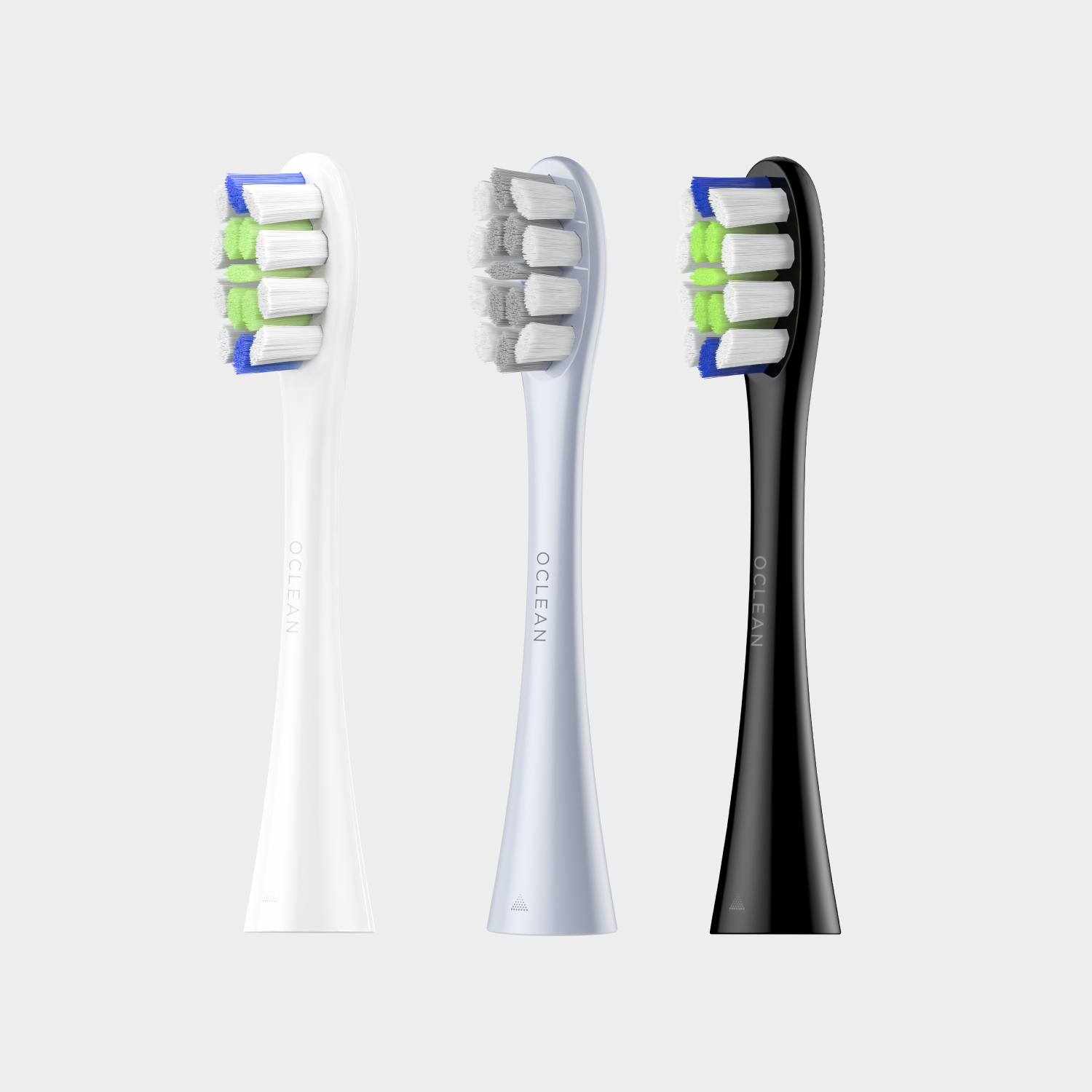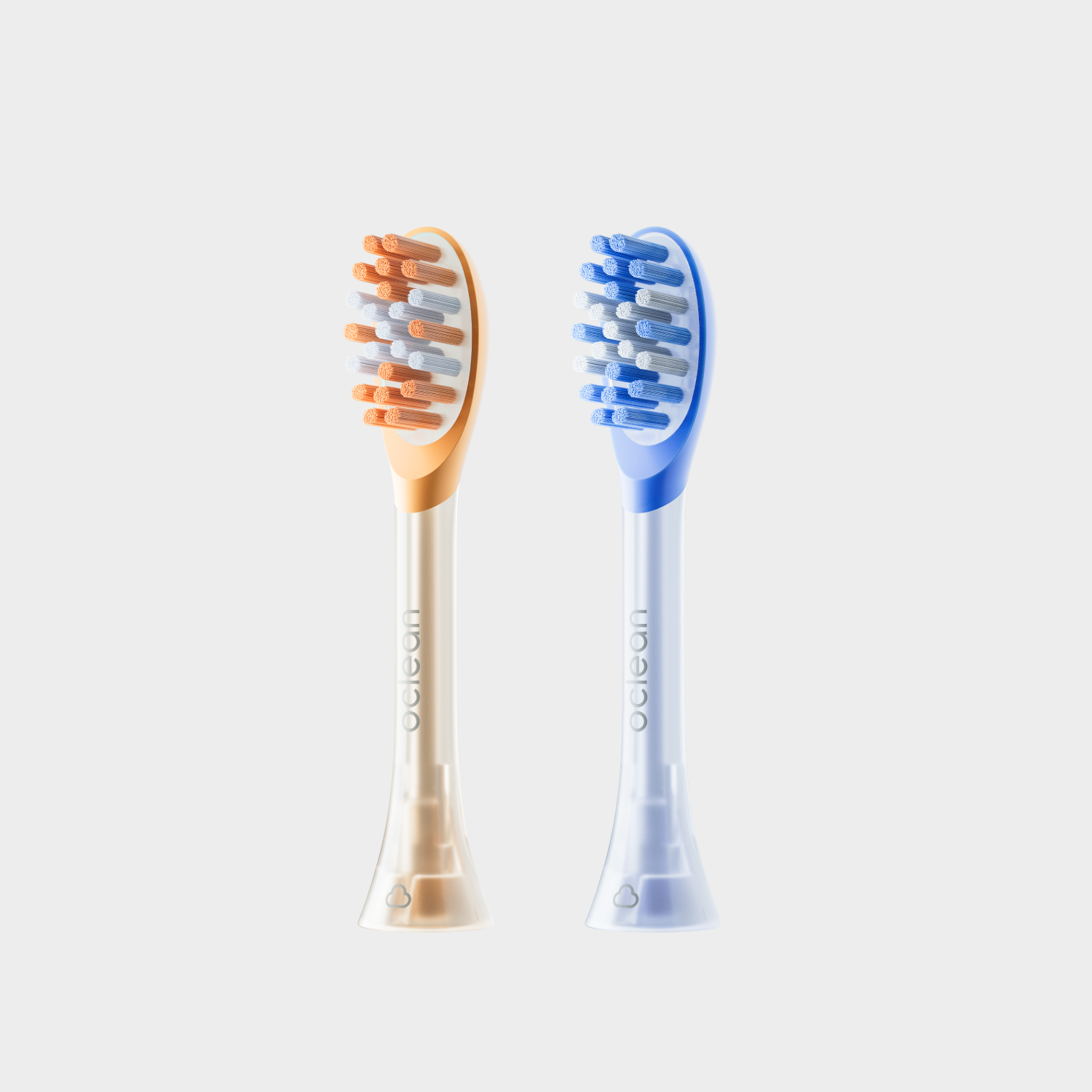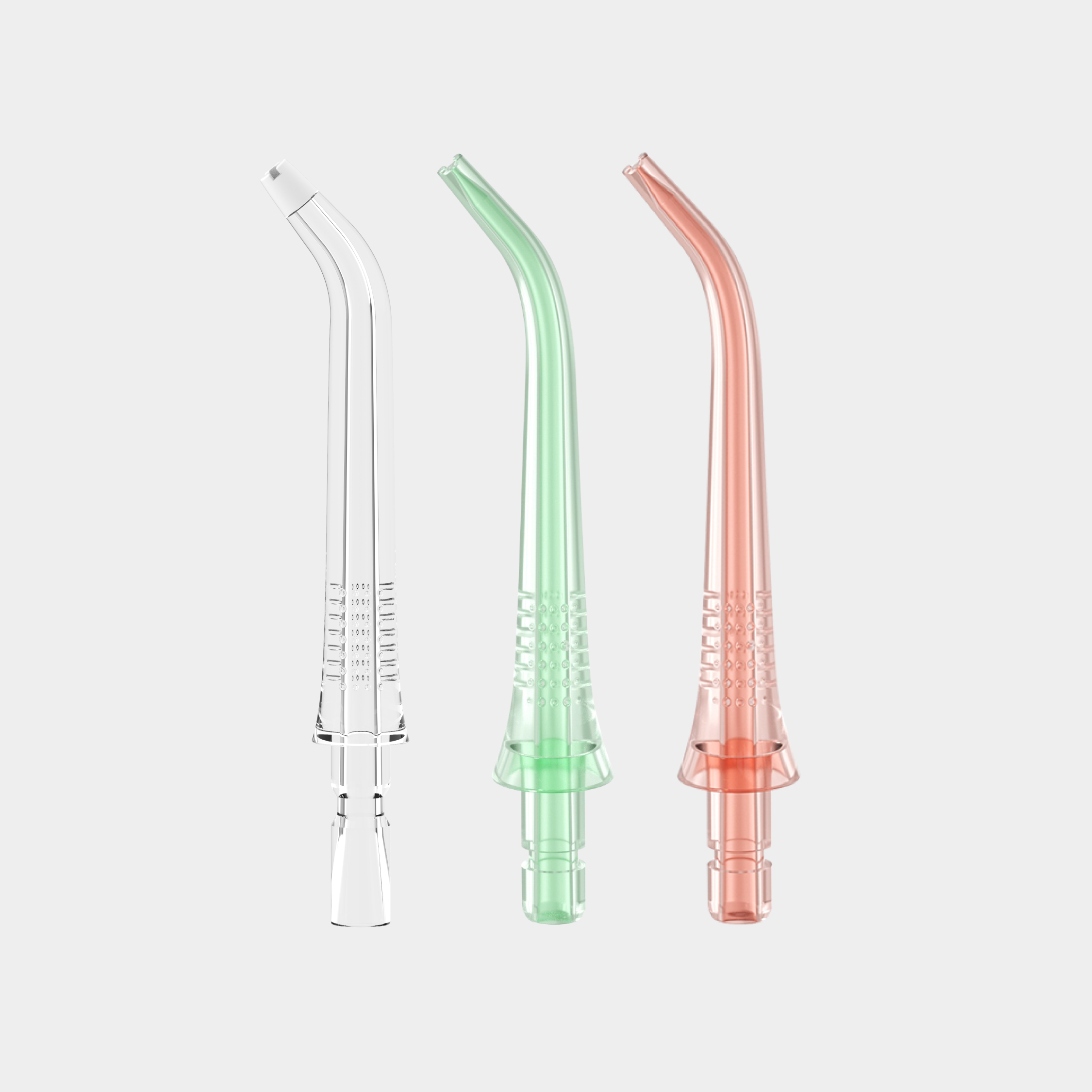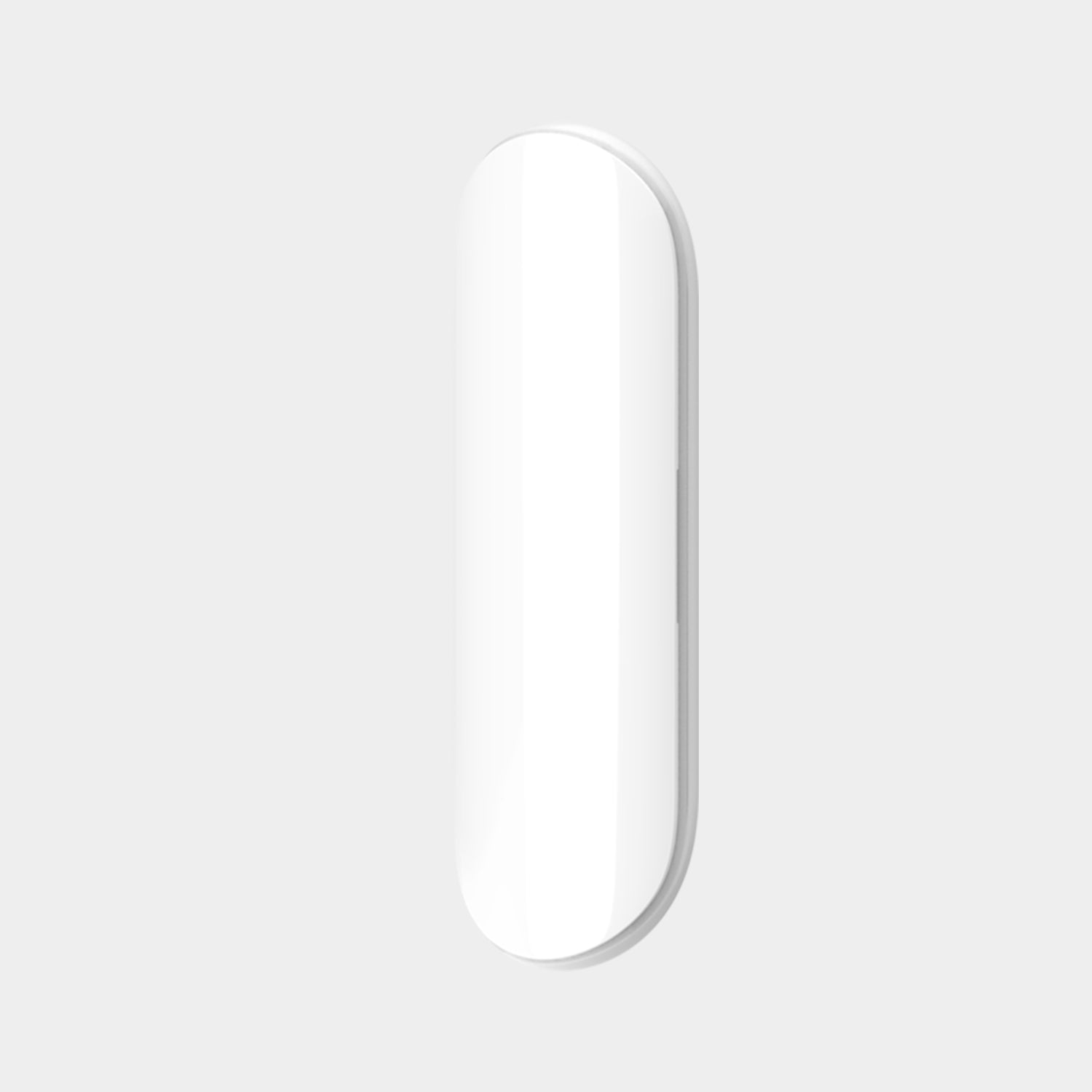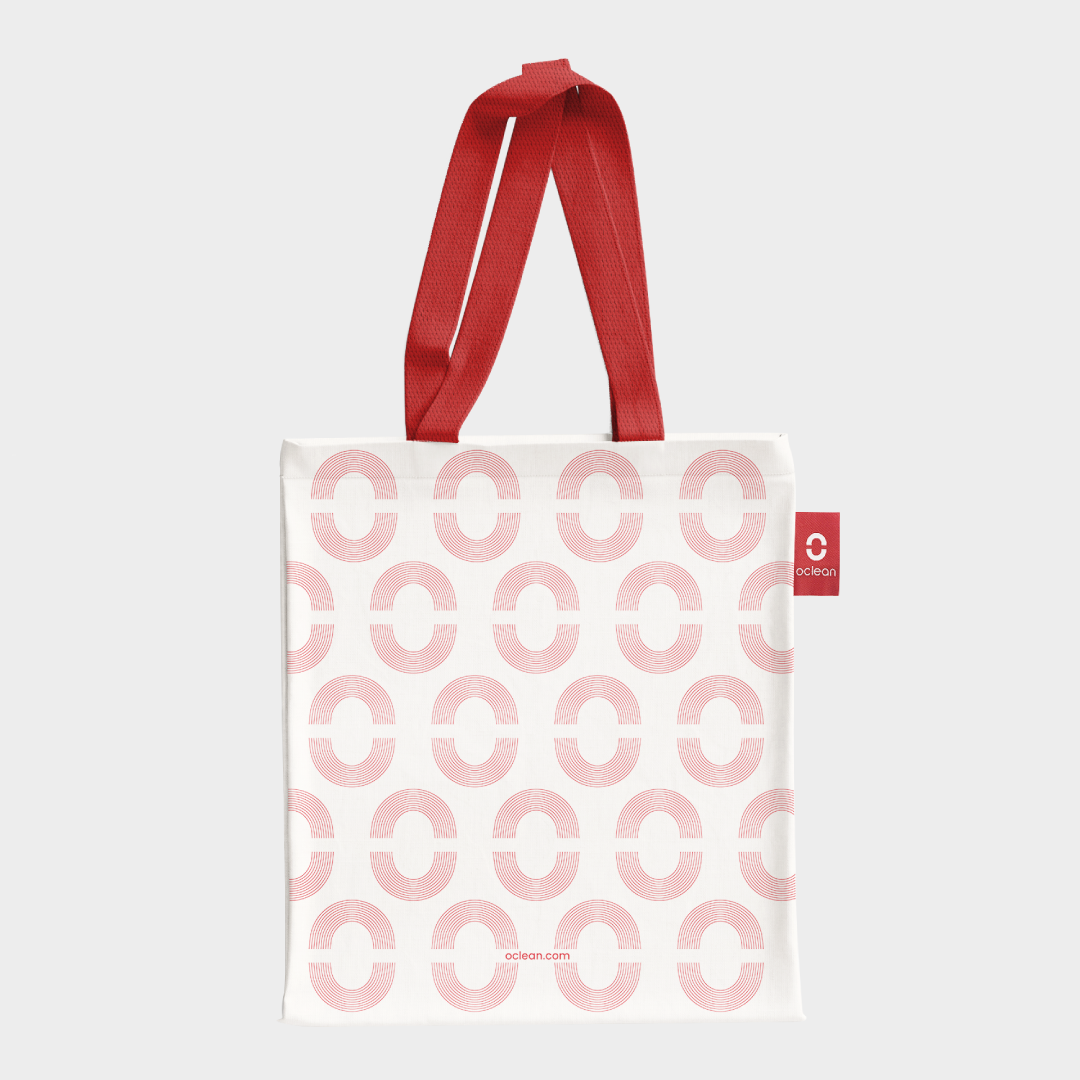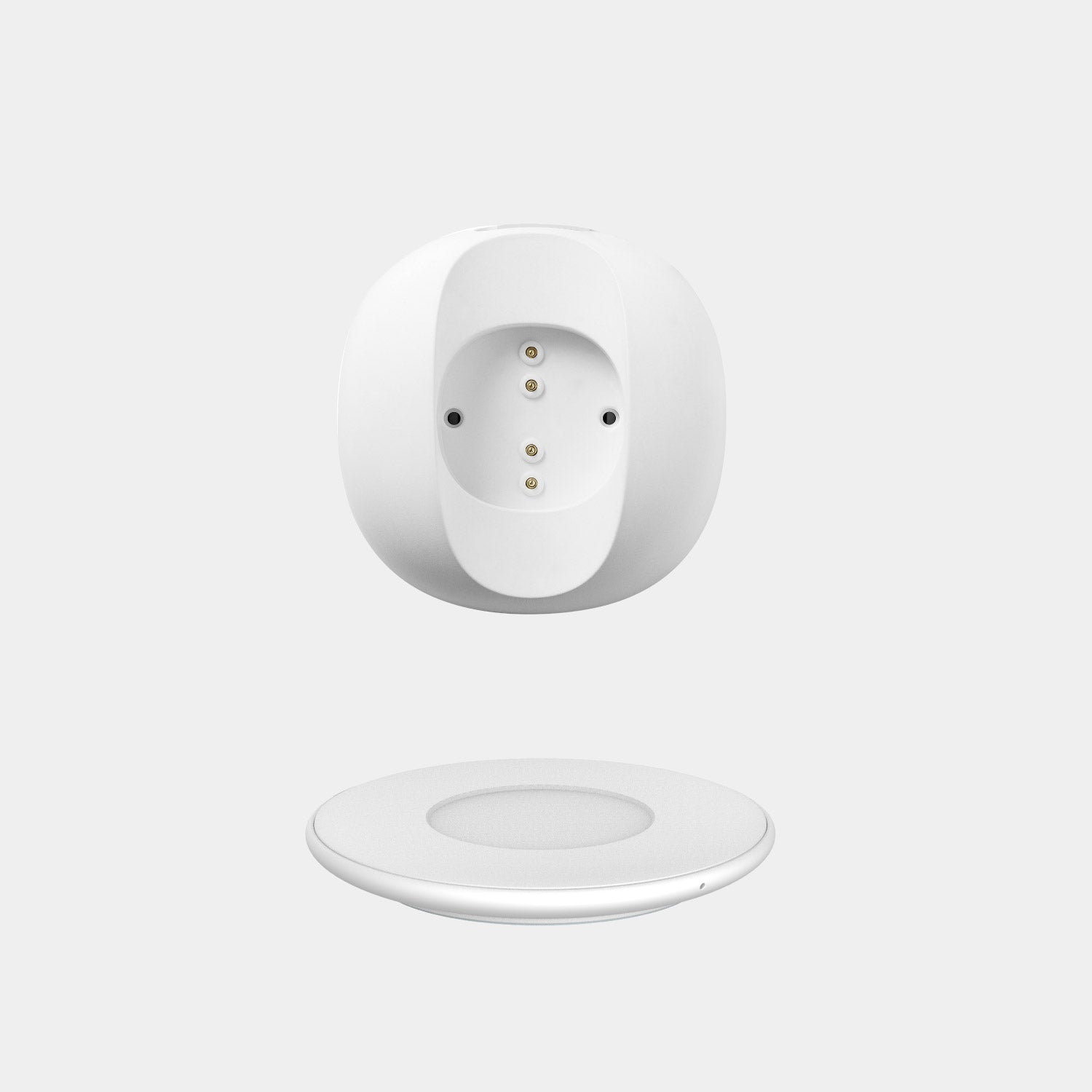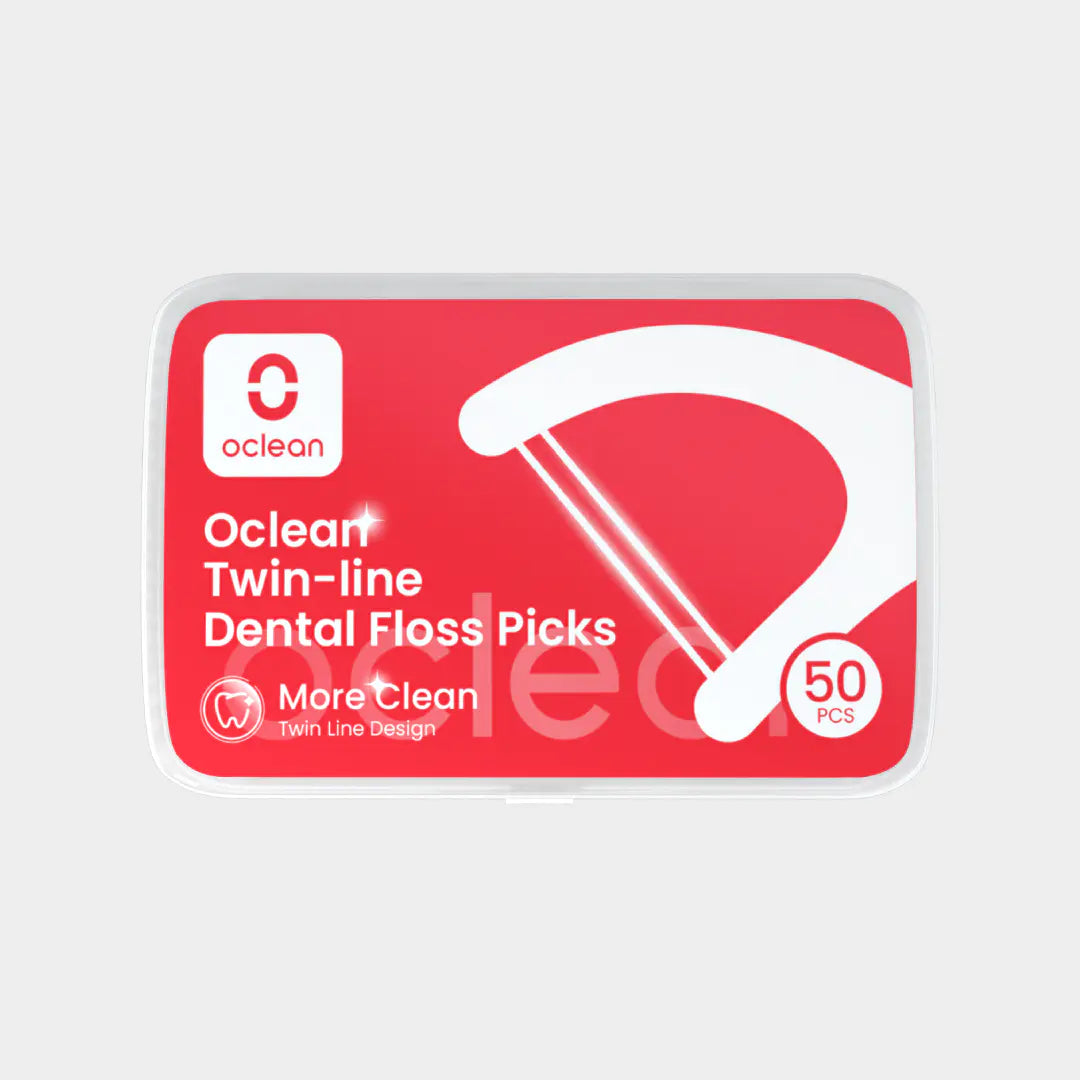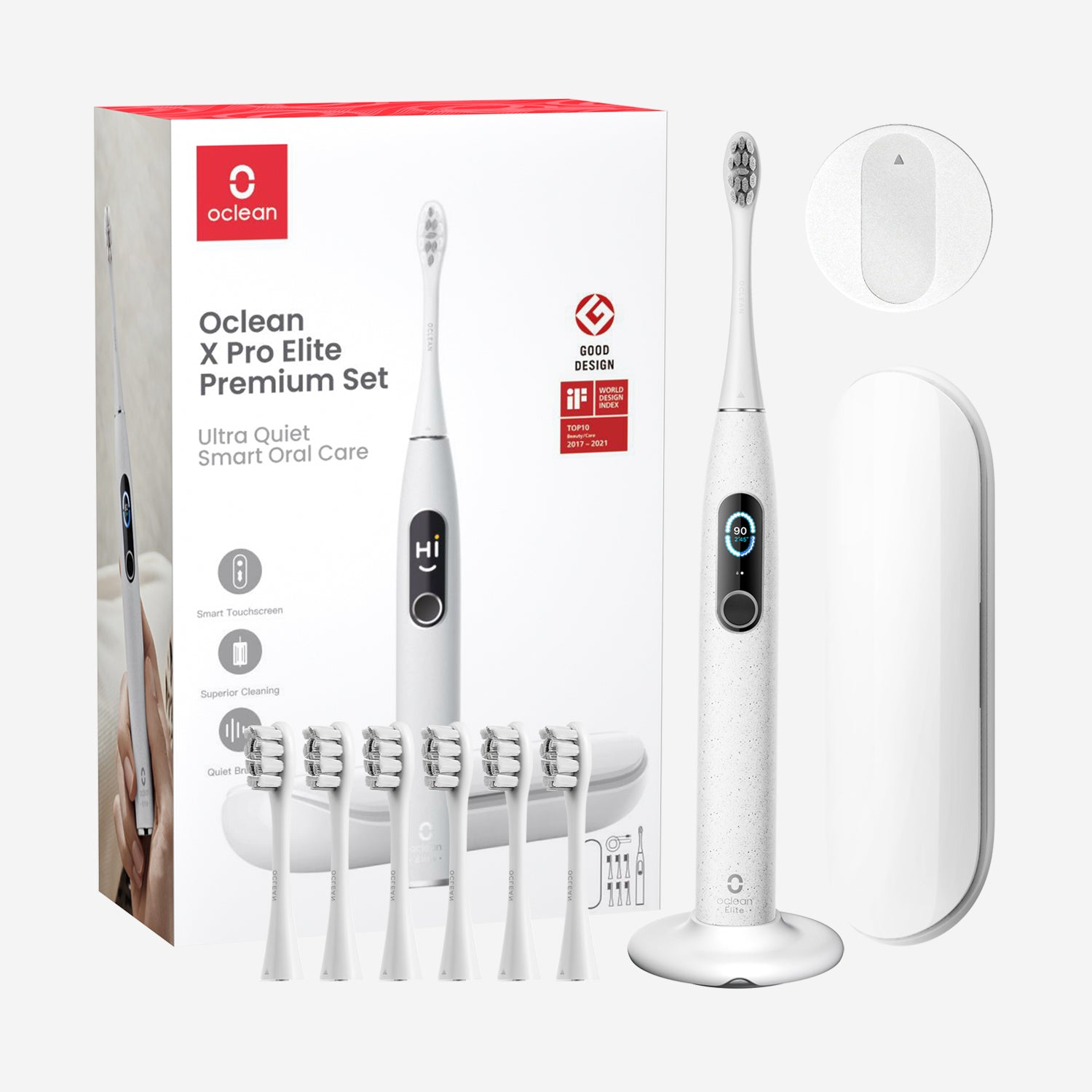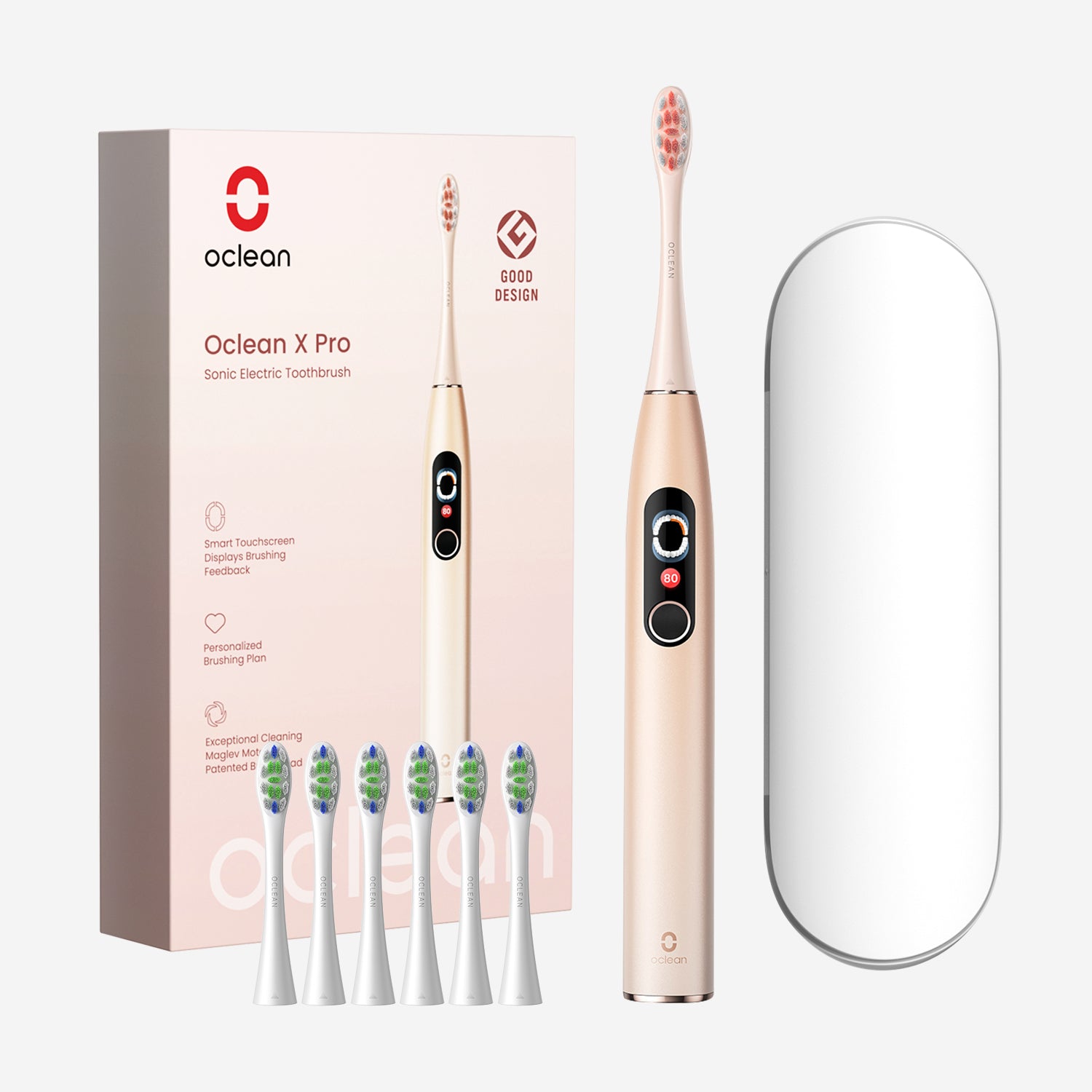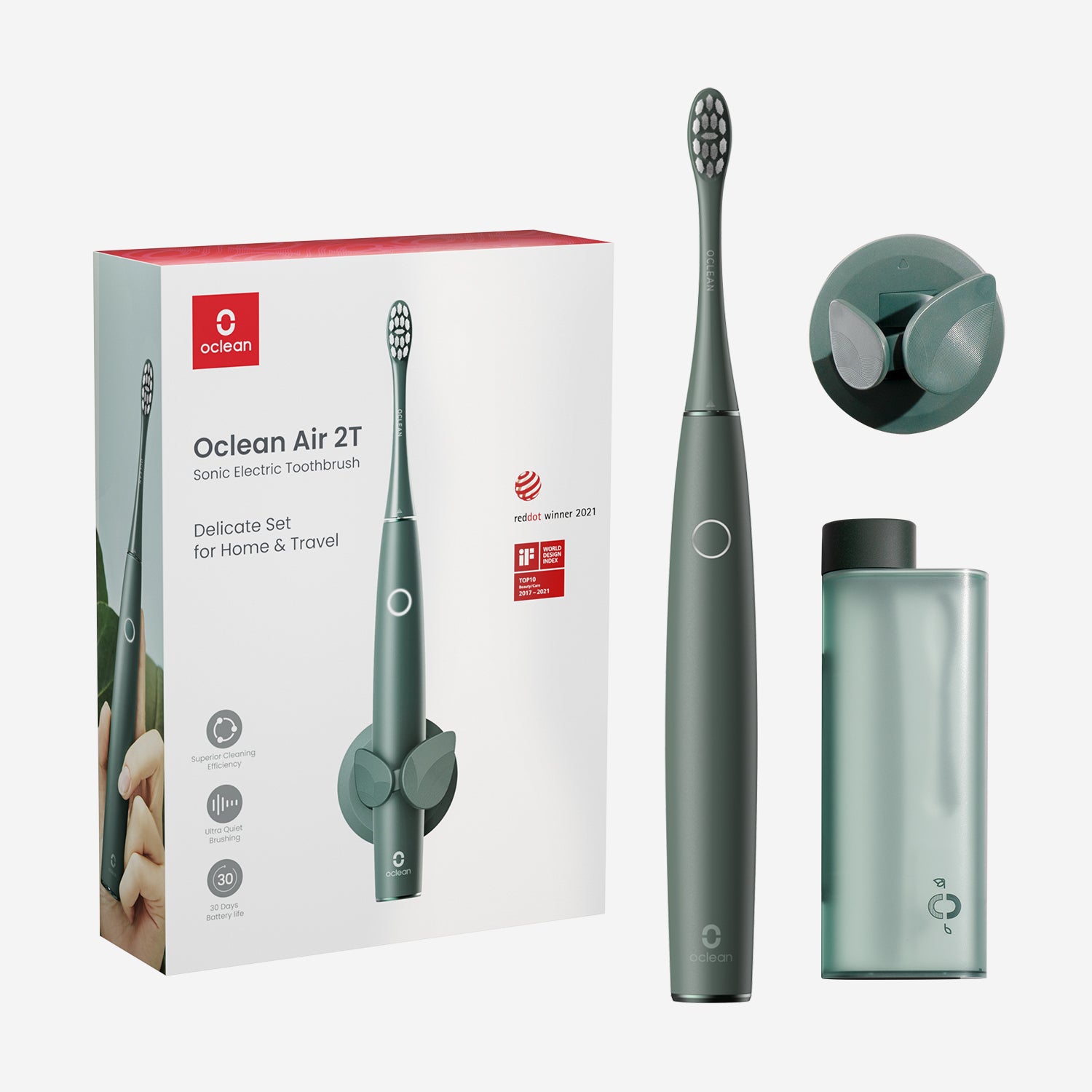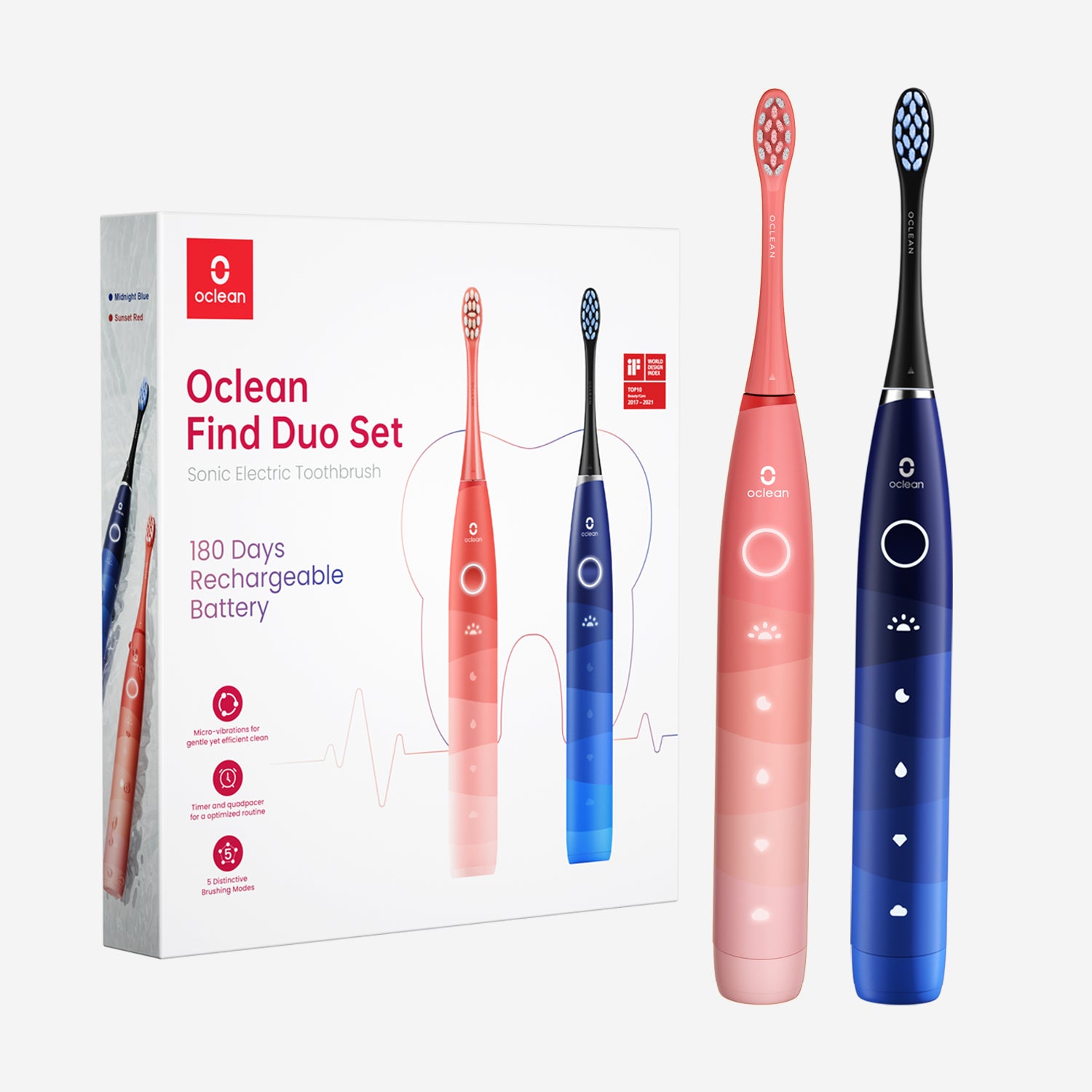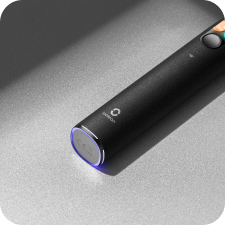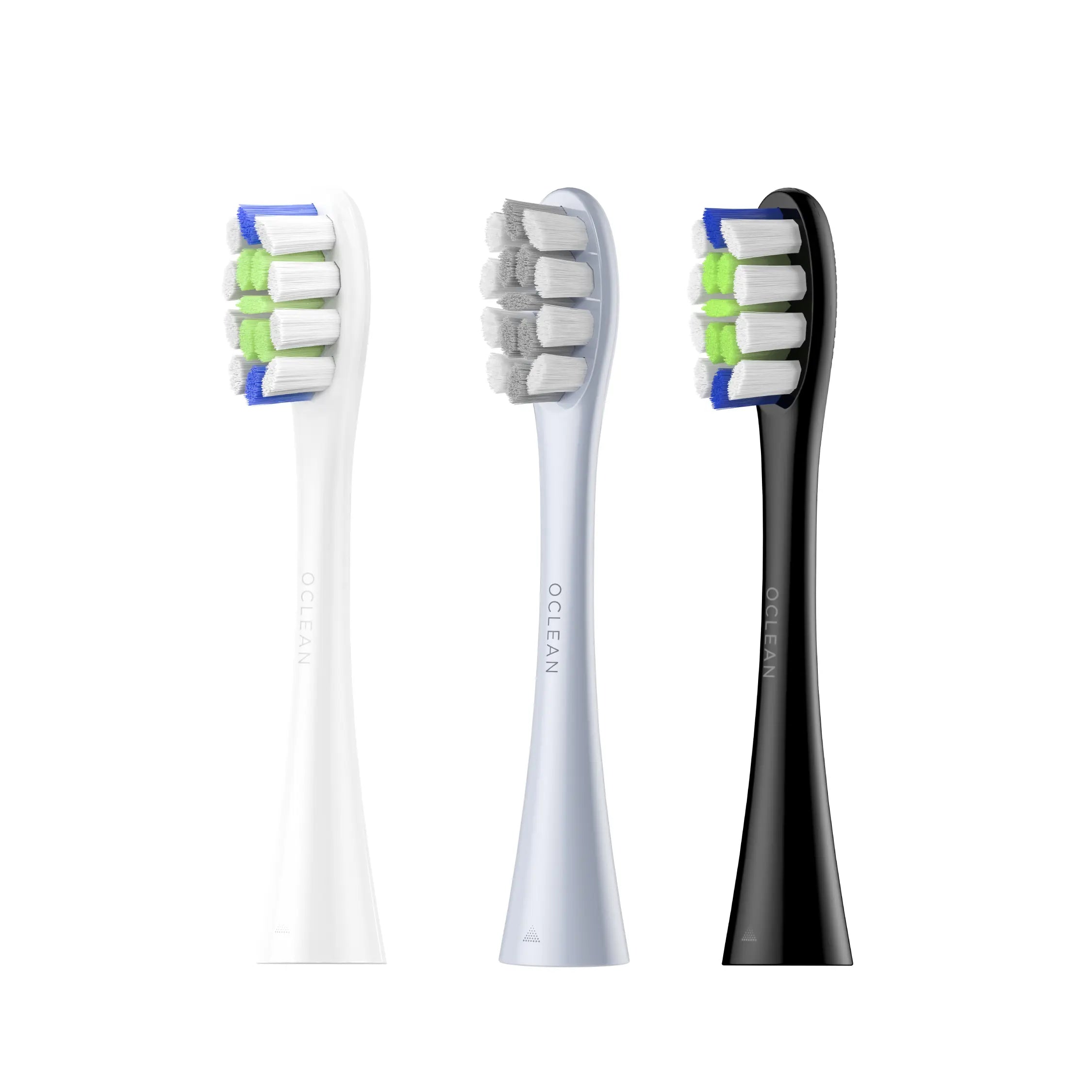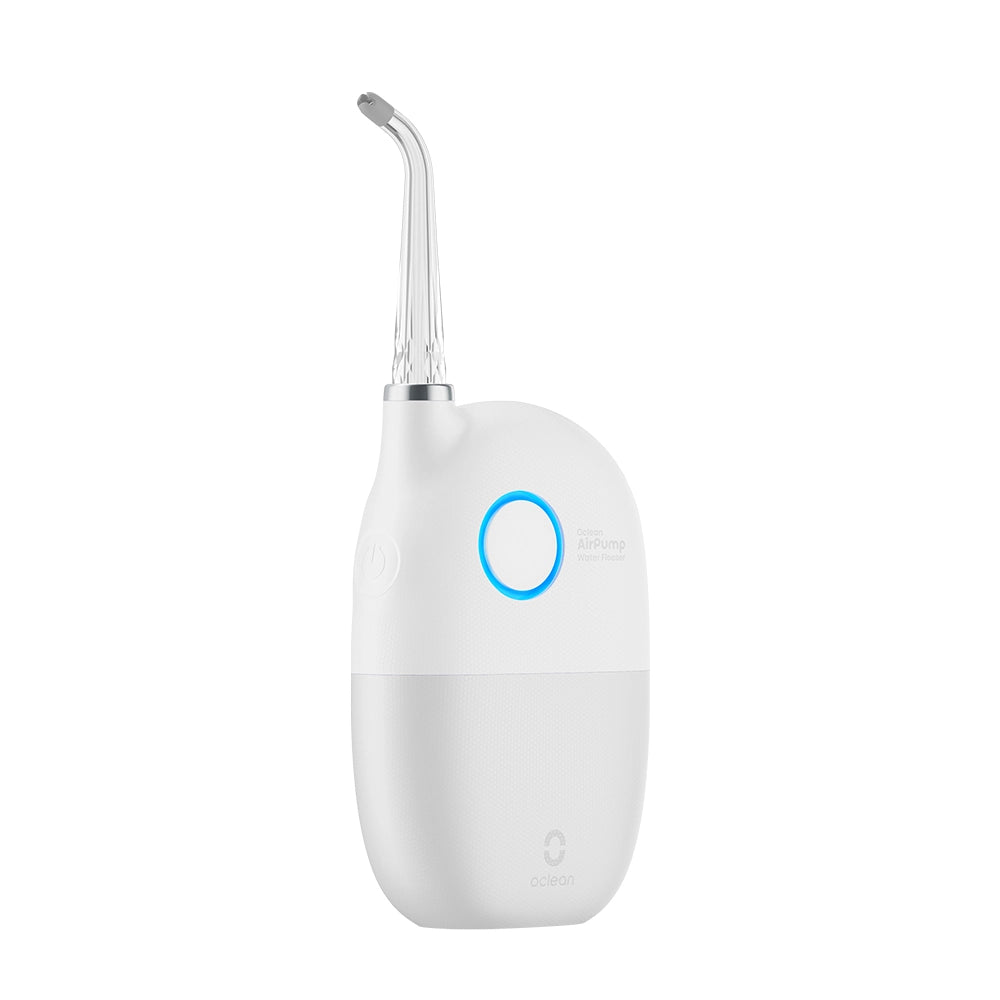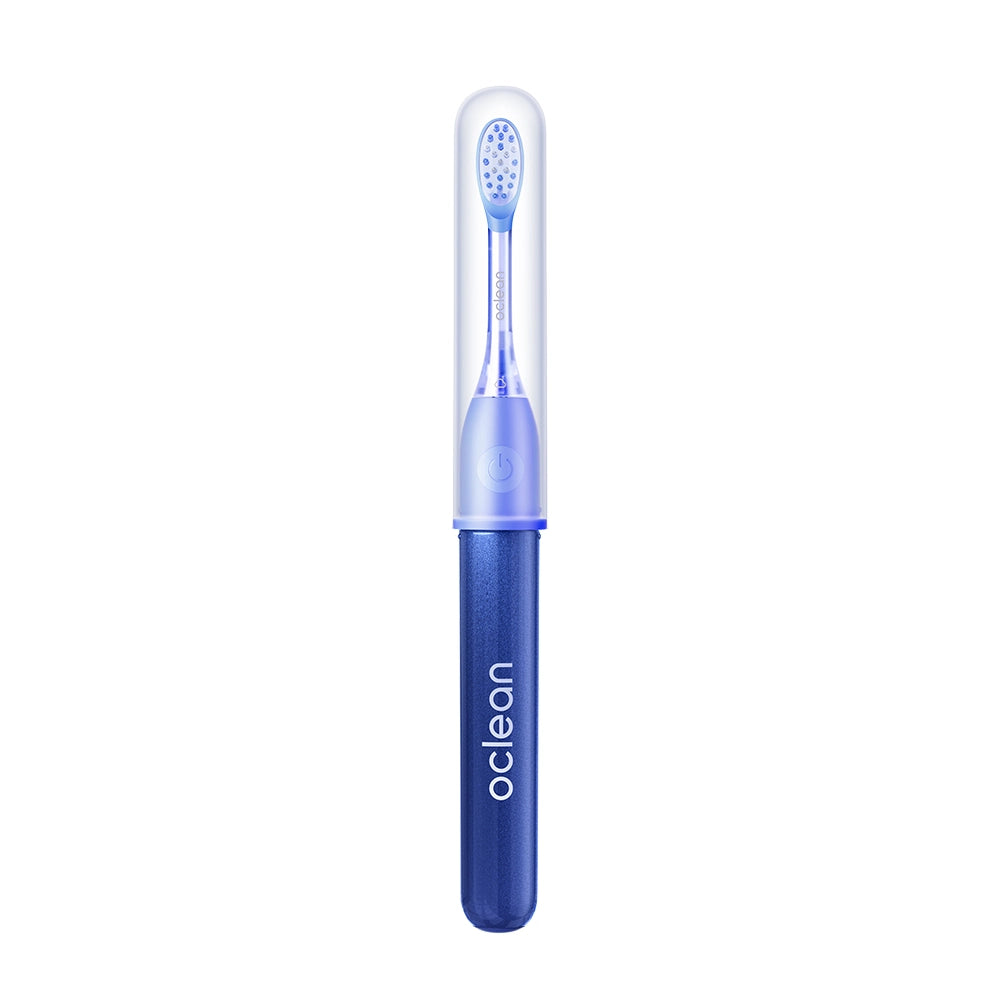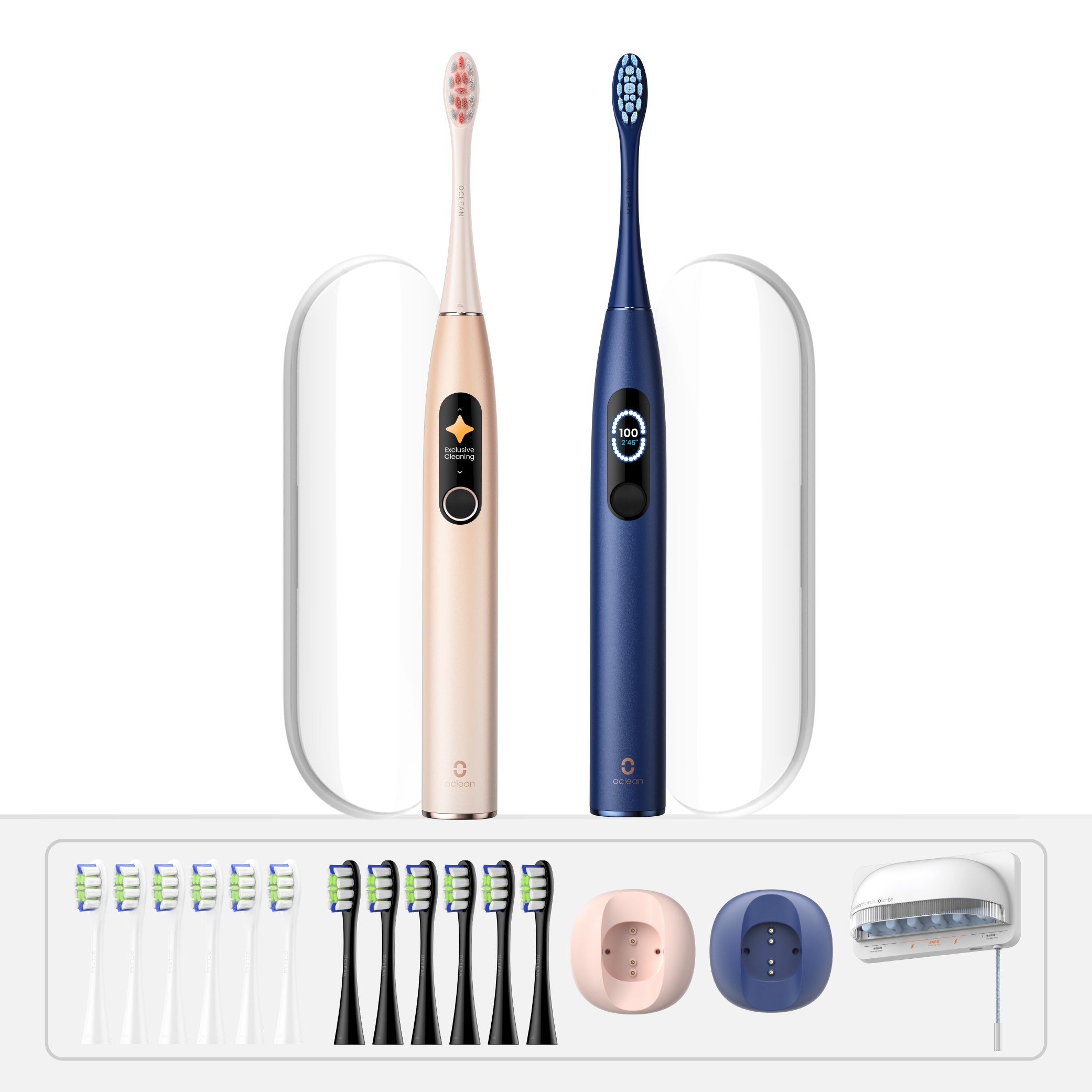Every child clamps their mouth shut when they lose a tooth, hoping the Tooth Fairy will visit while they are sleeping. A coin or small present under their pillow delights them and leaves them awed. But there is that one question that always arises: Is the Tooth Fairy real?
As parents, it is a delicate question to answer. How do you avoid lying to them? The reality may not be as enchanting as the myth, but the lessons and the excitement surrounding the tradition are real enough.

Let us discuss the history of the Tooth Fairy, how to handle this delicate question, and why it is so vital to preserve the magic—no matter what your child believes.
The History of the Tooth Fairy Legend
The origins of the Tooth Fairy have their roots in ancient European legends, where children placed lost teeth under their pillow to ward off evil spirits. The myth evolved in different ways in different cultures over time, and the image of a creature that collected teeth began to form.
In North America, the contemporary Tooth Fairy was popularised in the early part of the 20th century, as oral hygiene became more rigorously promoted. Parents began to encourage children to take care of their teeth, and they paid them money or small gifts whenever they lost one of them. The custom soon became a cherished tradition, as fantasy and magic were introduced into it.
Now, the Tooth Fairy is a normal part of growing up. While the character may vary from culture to culture, the concept is always the same: a mythical being who compensates children for their lost teeth, making what would otherwise be a very ordinary event something magical and special.
How to Handle the Question: "Is the Tooth Fairy Real?"
When the child begins questioning whether the Tooth Fairy exists, it's a sign that they are maturing and thinking more logically. It can be a rite of passage moment, and you need to treat it as such. What's most important is to measure whether or not they are ready emotionally. Are they asking because they are doubting, or are they asking for reassurance so they can continue to maintain the fantasy?
Be honest but gentle. If they are open to hearing the truth, inform them that the Tooth Fairy is a lovely family tradition that many cherish. Even though the Tooth Fairy is not a real creature, the joy and excitement that it brings are very real. Emphasise the value of family traditions and the pleasure they have experienced throughout the years.
If your child continues to believe in magic, then let them believe a little longer. Allow them to have the tradition since it forms part of their childhood memories, and think of maintaining the magic by having unique traditions like leaving a small note from the Tooth Fairy.
Doubts of Your Child About Tooth Fairy
When a child starts questioning the Tooth Fairy, it is most often the result of their increasing ability to reason. It's a critical development stage that may have emotional setbacks. Children will start questioning, asking, or hearing gossip from friends and begin looking for answers. It must be confronted so that it validates their feelings but also challenges them to grow and develop.
One way to do this is to validate their curiosity. If they ask out and say something, it is an opportunity to discuss the tradition in a positive, open manner. Explain the Tooth Fairy as a part of childhood magic, a special story that brings families together and informs children about dental health in an entertaining manner. You don't have to shut them down from believing; you can assure them that growing up is not losing the magic but discovering new wonders.
It's also important to consider their age. Younger children will perhaps need the fantasy to feel secure, whereas the older children might appreciate a frank but tactful answer. Either way, the key is to be sensitive to their feelings, to be empathetic, and to let them grapple with the truth in their own time.
How to Preserve the Tooth Fairy Magic?
Even if the truth is explained to a child, the Tooth Fairy magic does not have to be eliminated. One great way to keep the tradition is to develop new, personal rituals. Have the Tooth Fairy leave a note or a small gift to continue to make the experience magical, even when the surprise is eliminated. You can add a positive comment about oral health, encouraging good habits without eliminating the surprise.
Inviting your child to be involved in preparing for the Tooth Fairy visit is another great way to keep the magic alive. Have them pen a letter to the Tooth Fairy or include a special item where their tooth will be left. These small traditions keep the excitement alive and make lasting memories, yet they know the secret.
Also, don't forget to emphasise the significance of taking good care of your teeth. Just like the Tooth Fairy tells you to brush and floss, keep reminding them of good oral hygiene in a friendly and playful way. The Tooth Fairy is not real, but taking good care of your teeth is.
Be Ready for How They Will React
Children react variously when informed of the Tooth Fairy secret. There will be some who'll be amused, some who'll be disappointed or angry. Be present to walk them through the emotions and reassure them about feelings. Let them know that the Tooth Fairy was never a lie, but about making special memories as a child.
If they are upset, tell them to continue the tradition for younger siblings. This role reversal of receiver to giver makes them continue to be a part of the magic in another capacity, making them feel like a part of the tradition.
The Bottom Line
So, is the Tooth Fairy real, then? While the answer is no in a literal context, the magic of the tradition exists, and the memories created are worth more than any amount of money. The Tooth Fairy helps us understand imagination, family, and the joy of growing up. Just as the Tooth Fairy creates magic, you can create good habits in your child. Oclean's Kids Electric Toothbrush introduces the enjoyment of brushing and effectiveness into the routine, instilling good habits from the get-go, and keeping the magic of the Tooth Fairy alive. Present your child with the gift of good oral health—and let the Tooth Fairy tradition continue to sparkle.
Table of Contents
